Ultimate Resource On President Joe Biden’s $1.3 Trillion Infrastructure Program
Why U.S. Infrastructure Costs So Much. Ultimate Resource On President Joe Biden’s $1.3 Trillion Infrastructure Program
The Plan Started Simply, As Many Plans Do: The Massachusetts Bay Transportation Authority would extend one of its light rail lines from Cambridge to Boston’s northern suburbs. It was estimated to cost less than $500 million when planning began in earnest in 2005.
Related:
Ultimate Resource For Biden’s Infrastructure Plans And It’s Impact On The Crypto-Currency Industry
China Outspends US When It Comes To Building The World’s Infrastructure
The Future of Water Is (And Toilets) Recycled Sewage, You’ll Drink It And You’ll Like It😹😂🤣
The Future of Power Is Transcontinental, Submarine Supergrids
Electric Vehicle Infrastructure Push Brings Cyber Concerns
Trump’s LACK Of Infrastructure Investment Is Putting American’s Lives At Risk
Cost of Infrastructure Fixes Is Going Up While Trump Procrastinates
Trump Administration To Try Again To Fulfill Infrastructure Pledge
And it would provide transit access to some of the region’s most densely populated neighborhoods that didn’t already have it.
Then things veered off track. By 2015, state lawmakers temporarily canceled the Green Line Extension (GLX) after costs had ballooned to a staggering $3 billion; progress resumed after an internal audit and management overhaul that reduced the price tag by several hundreds of millions.
These escalating costs were not an anomaly. Mile for mile, studies show the U.S. spends more than all but five other countries in the world on public transit, and more on roads than any other country that discloses spending data.
Now, as the U.S. prepares to spend some $1.3 trillion on public works projects under President Joe Biden’s new infrastructure law, the lessons of how a once-modest transit expansion metastasized into one of the most expensive rail projects in the world are worth recounting. Otherwise, if history is a guide, the U.S. may not get much of a return on its investment.
“If we don’t bring costs under control, this generational investment will yield much less than what a generational investment should yield,” said Eric Goldwyn, an assistant professor at New York University’s Marron Institute of Urban Management and co-investigator of the Transit Costs Project.
Since 2020, Goldwyn and his colleague Alon Levy (both of whom have been CityLab contributors) have been interrogating a question that has plagued journalists, economists, government accountants and even project leaders themselves: Why does building infrastructure cost so much in the U.S. compared to other parts of the world?
Research doesn’t point to a single particular cause. Instead, a confluence of factors have contributed, from lack of expertise and ineffective project management, to processes for citizen input.
“It’s death by a thousand paper cuts,” Goldwyn said of a case study of the Green Line Extension he led with Levy and Elif Ensari, an NYU transportation and land use research scholar.
Goldwyn and Levy have focused their research on urban rail projects because they tend to be large and distinct, whereas road projects tend to consist of numerous, smaller efforts. And with transportation generating 30% of U.S. greenhouse gas emissions, mostly from private vehicles, there is an existential urgency to build more public transit.
Yet the extraordinary expense of construction is a significant barrier to that need. The first phase of the Second Avenue Subway in Manhattan, the most expensive subway project in the world, cost $2.5 billion per mile, nearly five times the cost of a similar extension in Paris.
While tunneling underground in New York City is bound to cost more than most projects, comparatively modest undertakings in other U.S. cities are still much more expensive than they ought to be:
In 2013, Portland’s 7-mile Milwaukie light rail extension cost more than $200 million per mile, as much as a full subway system would cost in many European cities, according to Levy.
And costs tend to rise as projects proceed, beyond the rate of inflation: In Los Angeles, the third phase of the Purple Line extension is set to cost twice as much as the first, based on current projections.
The Anatomy of A Cost Overrun
In their case study of the GLX, Goldwyn, Levy and Ensari found that there was no single cost center that spiked the project’s price tag. Instead, spending swelled across three problem areas: over-design, inefficient project management and misaligned politics.
The first was the most visible. In the original 2005 plan, the stations were envisioned as open-air platforms with wheelchair ramps, estimated at $535,000 each.
But that cost increased nearly a hundred-fold over the course of design, the NYU team found, as bespoke features such as a bigger station footprint, redundant elevators, fancy landscaping and additional street grading were tacked on.
More wiring and communications systems were also needed to network the larger station.
In interviews with the researchers, planners and officials described the challenge of saying no to requests for add-ons, both from the public and from agency brass. “We could have been stronger at holding the line on some stuff,” said one quoted in the report.
MBTA’s dearth of staff capacity and project management expertise was a thornier issue.
Despite GLX being Boston’s costliest rail project in history, only a handful of dedicated staff members were working on managing it at any given time, the researchers found. Stretched thin and lacking institutional knowledge about the nuances of rail construction in metropolitan Boston, the agency struggled to maintain budget oversight with contractors and to resolve issues and requests in a timely manner.
Meanwhile, the number of consultants ballooned, with plans calling for more than twice the number of supervisors normally required for construction crews.
Finally, the politics of public input added time and expense to the project, particularly in the form of a bike-pedestrian path that was included late in GLX plans, thanks to an active base of supporters who advocated for it at meetings.
Whether or not the addition was a good idea, its arrival after the project’s original scope had been locked in came with more costs: It required reopening engineering plans to add extra ramps and support walls, and excavating a wider trench, the researchers found.
The Difference In Istanbul
Contrast all of these issues with a city like Istanbul, where the M5, an 18-mile subway line, was built in seven years and for just $630 million.
While labor costs and environmental regulations between the U.S. and Turkey certainly differ, those alone don’t account for the delta in price, said Ensari.
The more salient explanations come down to expertise and politics. Whereas Boston might only build one new transit line every few decades, Istanbul builds dozens.
That fosters greater expertise within public agencies as well as competition among contractors for construction bids, which drives prices down.
And unlike in the U.S., there’s greater acceptance in Istanbul of the irritations that come with the building of a major new public amenity, and fewer opportunities for residents to butt in.
“People are desperate for transit in Istanbul,” Ensari said. “Real estate prices increase when these lines are being built. So people are willing to endure the disruptions.”
Costs escalate with highway projects for similar reasons, minus the lack of know-how. Leah Brooks, an economist and public policy professor at George Washington University, has studied the rapid escalation in U.S. road-building costs since the 1960s and found America’s sky-high per-mile spending to be partly the result of its wealth as a country — the richer it became, the fancier highways it built (think noise walls and stylized overpass architecture).
More Cost, Fewer Projects
The other major factor is what Brooks terms the “rise of the citizen voice.” The 1970s brought a wave of federal and state legislation (the National Environmental Policy Act being the most prominent) that gave residents and activists a greater say in public decision-making. While these new laws surely brought some benefits — particularly to project neighbors — they also added time and expense.
Given that the U.S. ranks 13th in transportation infrastructure quality globally, those added costs don’t seem to have yielded better roads. “I find it hard to believe we’re building better highways than countries in western Europe,” Brooks said — or, she added, that the U.S. is taking better care of the environment.
When projects are exorbitantly costly, it inhibits future construction — it means three bridges will be built instead of ten, or five miles of subway instead of fifteen, experts say.
Solutions are not obvious: Dialing back citizens’ rights to participate in public projects would seem politically unfeasible.
Brooks agreed with the NYU team that one place to start would be with greater transparency by transportation agencies around costs and budgets, and providing clearer information to the public about the trade-offs that come with adding expensive amenities or limiting construction hours.
“If we can’t discuss things in this very straightforward fashion, we are lost regarding public participation and understanding the scale of megaprojects,” Goldwyn said.
Romic Aevaz, a policy analyst at the Eno Center for Transportation who led another recent study on transit construction costs, suggested that federal officials offer more guidance to transit agencies that apply for funding — for example, by assessing whether more staff is required to handle the project.
Agencies could also invest in better training on how to handle contracts, project delivery timelines and regulatory reviews.
Hearing less-experienced transit officials talk about federal environmental protocols, Aevaz said, “was like a murder mystery where everyone is talking about these really complex dynamics.” The infrastructure law includes some provisions to streamline permitting processes, but it remains to be seen how they’ll affect timelines and costs.
In Boston, the MBTA did manage to scale back the cost of the GLX after it was paused and retooled in 2015. John Dalton, a program manager who was brought in to oversee the relaunched GLX project, says that in the wake of the original cost escalation, “we’ve been pretty militant about budgetary management.”
To streamline spending, the stations are now closer to the basic design that was originally proposed, and the number of internal staff devoted to the project has grown more than tenfold.
The complete Green Line is set to officially open in 2022 — 17 years after planning began — at an estimated price tag of $2.3 billion, including $700 million in sunk costs.
The irony of America’s exorbitant infrastructure spending is that, as a portion of GDP, the country trails behind its peers. So while the U.S. spends more per mile on infrastructure, it’s not building that much — in part because of the extraordinary price.
The country is likely to get a lot less infrastructure than $1.3 trillion would suggest, Goldwyn said.
Asked whether the Biden administration is accounting for excess costs as it distributes funding, Kerry Arndt, a press secretary for the U.S. Department of Transportation, said that the agency was looking at the problem.
“USDOT is establishing a cross-functional working group to find best practices for megaproject delivery domestically and internationally,” which it will share with stakeholders, she said.
Yet more buck for less bang feeds into a vicious cycle: Fewer projects mean less expertise among agencies and — at least when it comes to public transit — less public familiarity with the kinds of projects the country needs, raising the chances that neighbors will protest.
“Maybe my grandparents got it, but I have not lived with seeing the benefits of a whole new subway line arriving in my city,” said Goldwyn. “If people understood what those were, perhaps they’d have less reason to complain.”
Updated: 1-11-2022
How U.S. Infrastructure Plans Shrank In Ambition
President Biden’s $1.2 trillion infrastructure law departs from the sweeping national build-outs of the 20th century, but we still need big visions to meet the future.
When we think about the big infrastructure plans of America’s past, we think of large-scale maps with grandiose plans. The seminal U.S. interstate highway map that emerged from the Eisenhower administration, for example, governed decades of coast-to-coast road construction.
The Infrastructure Investment and Jobs Act, which President Joe Biden signed into law in November, is different. Its $550 billion in new infrastructure spending will be more about rehabilitating what we have than building more.
In a small way, the bill also seeks to tackle the destructive and tragic impacts of earlier infrastructure building, nodding to the need to address damage to communities of color that had been divided by projects like urban expressways.
This marked difference in approach can be explained partly by the country’s enormous and aging existing infrastructure base. Much of it is now between 50 and 90 years old, and bringing it up to a state of good repair will require vast investment.
But that’s not the only reason. Over the past half century, the focus of infrastructure planning has zoomed in, shifting from the national to the regional to the neighborhood level.
That has meant less of the kind of sweeping destruction that had been caused by the highways, dams and other infrastructure of decades ago — projects whose builders swept aside local and environmental concerns, and whose burdens fell disproportionately on marginalized communities.
But a growing country — and rapidly growing metropolitan areas — need both upgraded and expanded infrastructure. The need is a vision for a future that is at once economically competitive, socially equitable and environmentally sane.
Big ambition, vast destruction
As a transportation historian, I look back to how the U.S. built the foundations of its modern industrial age.
The first major American infrastructure projects, like the national railroad network built in the 19th century, were piecemeal, developed in most cases (with exceptions like the transcontinental railroad and Erie Canal) without comprehensive planning by the government or the private operators who largely built them.
The national railroad network was cobbled together from dozens of small railroads, centered on individual regions, states, or even towns.
That changed with the New Deal, which began an embrace of large-scale comprehensive government planning that would last for decades.
For the first time, the federal government sought to plan on a national level, with vast hydroelectric and flood control projects on major rivers, and an enormous rural electrification program.
New Deal projects became symbols of the country’s economic revival and of economic development in previously depressed regions, from the Hoover Dam to the Blue Ridge Parkway.
After the Second World War, the federal government’s role in infrastructure ramped up further. In 1956, at the initiative of President Dwight Eisenhower, who had been impressed by the Autobahn highway network in occupied Germany, Congress passed the Federal Aid Highway Act.
It provided 90% federal funding for a vast national network of free expressways.
Initially it was intended to provide for interstate travel, as its name suggests. The states, however, saw their greatest travel needs being more local— transporting commuters from new auto-oriented residential suburbs to shopping and work.
New beltways were planned to allow interstate travelers to bypass city centers and became major nexuses of office park and shopping mall development.
Yet this phase of regional infrastructure planning brought destruction, especially from urban expressways, that reverberates to this day. Their traffic was almost entirely composed of suburban commuters traveling to downtown workplaces.
Carving wide highway rights-of-way tore through dense urban neighborhoods. Clearing the way for this tidal wave of cars left many American downtowns little more than parking lots and office towers.
The devastation from this highway construction, however, was highly concentrated in low-income communities — disproportionately communities of color.
This was the era of urban renewal — less euphemistically, slum clearance — a time when urban leaders wrongly believed that demolishing poor communities, often without any effort to produce substitute housing, would solve social problems.
Wealthy white neighborhoods, like Georgetown in Washington, D.C., were able to often quietly veto highway projects that would have disrupted their communities. But Black and brown neighborhoods had far less success in fighting the demolition of thousands of homes and businesses.
In Detroit, I-75 infamously decimated a Black community on the eastern side of downtown, including a vast, destructive and arguably overbuilt interchange on the edge of downtown.
What united all of these projects was their large-scale approach to planning. Neighborhoods, let alone individual homes, were seen as collateral damage in the achievement of an idealized infrastructure network on a regional or national scale.
Famously, Robert Moses had an enormous model of New York City built as a planning tool. (It is now housed at the Queens Museum.)
Every major city had its infrastructure plan, presented with colorful maps zoomed out to encompass the entire city and its suburbs. Individual neighborhoods were too small to discern.
The vast federally funded infrastructure programs of the 20th century were not just about highways, and not just about cities. Just as grandiose was the dam-building program, which turned most major American rivers into a string of reservoirs.
Administered by the Bureau of Reclamation and the Army Corps of Engineers, it had multiple objectives: water for irrigation, hydroelectricity and flood control.
Yet this required the creation of enormous reservoirs that drowned farmlands, scenic river valleys, sacred grounds for Native Americans, and even entire towns — to say nothing of dams’ impacts on species and ecosystems that depended on leaving rivers intact.
Planning Scales Down
By the 1960s, attitudes were beginning to change. While the wealthy had long managed to avoid the full impact of such construction, middle-class communities began to have success in their own highway revolts.
An organization including Jane Jacobs defeated Robert Moses’ plans for an expressway through Soho and other Lower Manhattan neighborhoods.
New Orleans residents managed to defeat plans for a Vieux Carré Expressway alongside its French Quarter. In the 1970s, communities of color were also having success organizing against projects in cities like Detroit, Baltimore, Washington and Atlanta.
Soon expressway stubs and ramps to nowhere, intended to connect with canceled highways, were a common feature of the urban landscape.
There were legal and judicial shifts at work. Instead of residents’ concerns being blithely dismissed as impeding progress, governments codified requirements for community consultations as part of the preparation of environmental impact statements (though these consultations were often pro forma).
Project opponents increasingly used litigation to stall projects until they were abandoned.
Even urban highway plans that sought to mollify opponents by putting roads underground or pairing them with major park projects were soon felled by a combination of community opposition, high costs and recognition of their limited traffic-alleviating benefits.
Since the 1980s, no new expressways have been built, or even seriously proposed, in most Northeastern cities. In the booming West, construction persisted a little longer, but even in the highway mecca of Los Angeles, there hasn’t been a new urban freeway since I-105 was completed in 1993.
Dams were largely stopped too: Glen Canyon Dam on the Colorado River became a potent symbol for the environmental movement, and would prove to be one of the last big federal water projects of its kind.
Though some new urban highway projects are still underway — and taking down Black and brown homes in the process — the scale of construction is a tiny fraction of what was happening from the 1960s to ’80s.
Today, discussions often focus on removal of some of the most damaging infrastructure built in the postwar boom, from dams along the Snake and Colorado rivers to urban expressways like I-81 in Syracuse.
As neighborhood concerns increasingly became the focal point of planning, the giant regional and nationwide infrastructure planning maps gradually disappeared. New York City has not had a comprehensive highway or transit plan since the 1960s.
Even transit plans increasingly focused on smaller-scale, less disruptive, but generally slower and lower-capacity light rail and streetcar projects, which supplanted plans for the types of elevated and underground metros built in Washington, the Bay Area and Atlanta in the 1960s and ’70s.
Since the 1990s, the gas tax has not kept up with inflation, greatly diminishing federal highway funding and contributing to a decline in maintenance, let alone expansion. Federal funding for new dams, once the pinnacle of pork to be secured by powerful members of Congress, is next to nonexistent.
At the same time, the cost of construction has skyrocketed, even adjusted for inflation. This has often been blamed on the procedural obstacles that officials must overcome in this era of greater attention to environmental and residential concerns.
Yet the simple lack of experience within public agencies also plays a role — when there are multi-decade gaps between major projects, that expertise largely atrophies.
What $1.2 Trillion Will Build — And Can’t
Now that the $1.2 trillion bill has passed, what will a return to big infrastructure spending in this neighborhood-oriented era look like? Firstly, we are unlikely to see a comeback of the big colorful maps of yore.
Given today’s construction costs, even the IIJA’s high headline funding amount won’t go far when spread across a vast country.
And there is simply no appetite for the destruction that is often needed for that type of national or regional construction, especially among communities of color that have historically borne the brunt.
Sadly, even the promise to right some of the wrongs of earlier infrastructure projects was slashed from $20 billion in the initial proposal to $1 billion in the final bill.
The latter figure will scarcely be enough to pay for a single pedestrian bridge in each major city across the country. Redressing that damage in a meaningful way will have to wait for future legislation.
New York City, which developed its infrastructure much earlier than most of the country, found itself in a similar position way back in the 1950s.
As the city emerged from the Depression and Second World War, it had ambitious plans to expand its city-owned subway network. In 1951, state voters passed a $500 million exemption from the city’s debt limit so that it could borrow to pay for them.
But the city soon realized that the parlous state of maintenance — especially on lines that had been taken over by the city from bankrupt private operators — meant that state of good repair needed to take precedence over expansion. Plans like the Second Avenue Subway were postponed as the money was poured into keeping the system running.
This is the most likely scenario for this new infrastructure bill. Though dreams of new bridges and subways and Amtrak links may make headlines, the reality of the IIJA will be far more prosaic: thousands of repavings, rebuildings and replacements scattered across the country.
Once it’s done, the infrastructure network will look very much like it does today, but with fewer potholes. The American Society of Civil Engineers, though not a disinterested source, estimated the national funding gap needed to achieve state of good repair as still standing at $2.59 trillion over 10 years.
The vast majority of this money will go to filling holes in dams — both figurative and literal.
This may seem disillusioning, but it shouldn’t. Keeping the country’s infrastructure functioning for the next generation is critical to keeping the nation functioning.
Yet big maps and big plans can still serve to inspire, and more infrastructure is undoubtedly needed in a country that is still adding millions of residents each decade.
The U.S. is alone among large countries in its failure to build substantial high-speed rail networks in its densest corridors, leaving crowded airports and highways the only viable alternative. Some metropolitan areas are adding hundreds of thousands of residents every decade, all of whom will be moving on transportation infrastructure built decades ago.
Since building new urban highways is just about impossible, we need large-scale transit systems that can swiftly and efficiently move hundreds of thousands of riders a day.
We need a national, reliable network of electric vehicle charging stations, environmental infrastructure to adapt to climate change, and electric grids that can transmit large amounts of renewable energy from areas of surplus generation, like the Great Plains, to areas of high demand like the Northeast and Midwest.
All of these require the kind of large-scale investment and comprehensive planning that has faded away. We must hope that this infrastructure investment is not a one-off, and that future plans successfully balance the two scales — meeting very real large-scale regional and national needs, without sacrificing the communities where people make their home.
Updated: 1-19-2022
U.S. Army Plans $14 Billion For Ports, Waterways And Climate Help
* Corps Gets $22.8 Billion Supplemental Funding In Fiscal Year
* Army Commits $4 Billion To Expand Capacity At Key Ports
The U.S. Army plans to invest more than $14 billion upgrading ports and waterways, and helping coastal communities deal with extreme weather and natural disasters.
More than 500 projects across 52 states and territories are planned to improve decades of underinvestment and neglect that have left infrastructure vulnerable to climate change, the White House said in a statement Wednesday.
The U.S. Army Corps of Engineers will use about $4 billion of the $22.8 billion in supplemental funding from the Bipartisan Infrastructure Deal and the Disaster Relief Supplemental Appropriations Act to address commercial-navigation improvements at coastal ports and on the inland waterway, it said in a separate statement. Another $5 billion will go toward “improving community resilience in the face of global climate change,” it said.
Ports have been a focus of the White House as the U.S. supply chain struggles under record demand for imports by American consumers. The Army’s plan to repair outdated infrastructure and expand port facilities for larger ships is part of the Biden administration’s plan to tackle logistics bottlenecks that have helped contribute to the hottest inflation in almost four decades.
About $3 billion from the disaster-relief legislation will go toward qualifying flood and storm-damage reduction, with half of the amount going to projects in four states that suffered damage from Hurricane Ida, the Army said.
Its plan also sees a record $1.1 billion going toward the South Florida Ecosystem Restoration program that will improve Everglades’ ecosystem.
Updated: 2-2-2022
Stonepeak Raises $14 Billion North American Infrastructure Fund
* Total Is Almost Double Amount Raised By Firm’s Previous Fund
* About 40% Is Already Committed, According To Stonepeak
Stonepeak, the alternative-investment manager focused on infrastructure and real assets, said it raised $14 billion for its fourth flagship fund, exceeding an earlier target of $12 billion.
The total is almost double the amount raised by the firm’s third flagship fund, which closed with $7.2 billion in commitments in 2018. Stonepeak, which now has $46 billion in assets under management, will seek to make infrastructure bets across North America, particularly in sectors including transport and logistics, communications and energy transition.
“The strong interest in our fourth flagship fund reflects the outstanding investment results achieved for our partners together with our reputation for responsible stewardship of critical infrastructure assets,” Mike Dorrell, Stonepeak’s chairman, chief executive officer and co-founder, said in an emailed statement.
Stonepeak said it has already committed about 40% of the latest fund’s capital, including transactions signed by Astound Broadband, Delta Fiber, Emergent Cold LatAm, Rinchem and Seapeak, which was previously known as Teekay LNG.
The fund’s limited partners include more than 150 investors from 23 countries, New York-based Stonepeak said. Among them are the Washington State Retirement System, Oregon Public Employees Retirement System, New York State Common Retirement Fund and Teachers’ Retirement System of the State of Illinois, according to data compiled by Bloomberg.
Infrastructure, viewed by many investors as a source of stable returns, may overtake real estate as the largest real asset class, with projected collective assets under management of $1.87 trillion by 2026, according to data provider Preqin.
In fact, 47% of investors surveyed by Preqin said they plan to increase their long-term allocation to infrastructure. The median current allocation for sovereign wealth funds to the sector is 7.3%, according to Preqin.
Updated: 2-4-2022
Macquarie Seeks To Raise $7 Billion For Americas Infrastructure Fund
Macquarie Group Ltd.’s asset-management arm is planning to raise at least $7 billion for a new fund dedicated to making infrastructure bets in the Americas, according to people with knowledge of the matter.
The Australian firm is set to formally begin fundraising for the vehicle, known as Macquarie Infrastructure Partners VI, in coming months, said the people, who asked not to be identified discussing private information. A Macquarie spokesman declined to comment.
Macquarie raised $6.9 billion in July for Macquarie Infrastructure Partners V, exceeding a $5 billion target, and said it would primarily focus on transactions in the communications, transportation, waste management, energy and utilities sectors.
So far, MIP V’s investments include a 50% stake in a portfolio of Massachusetts hospitals; an investment in LRS, a waste and recycling company; RailUSA, the operator of Florida Gulf & Atlantic Railroad and Grenada Railroad; and telecommunications provider Cincinnati Bell.
Investors in MIP V include the Teachers’ Retirement System of the State of Illinois, the North Dakota State Investment Board and the New Mexico State Investment Council, according to data compiled by Bloomberg.
Spurred by investor demand for stable returns that aren’t correlated to whipsawing markets, infrastructure-focused funds are collectively expected to raise more capital than any other alternative-asset class in the next five years, according to data provider Preqin.
As part of that growth, infrastructure-related assets under management may overtake real estate by 2026, Preqin said.
Updated: 2-18-2022
Brookfield To Target $25 Billion For Biggest Infrastructure Fund
* The Fund Would Rival Record Amount Sought By Ogunlesi’s GIP
* Capital Targeting Sector Seen Reaching $1.87 Trillion By 2026
Brookfield Asset Management is seeking to raise $25 billion for its fifth flagship infrastructure fund, its largest on record.
The firm has already begun marketing the fund, which may exceed the target, according to a person familiar with the matter. A spokesman for the Toronto-based Brookfield declined to comment.
Brookfield’s $20 billion fourth infrastructure fund has committed about 75% of its capital for investment, the company said in a statement
earlier this month. Brookfield Infrastructure Partners, the firm’s publicly traded subsidiary, made several acquisitions in recent months, including Australia’s AusNet Services Ltd. and Inter Pipeline Ltd., which operates assets across Western Canada.
Investors continue to pour money into infrastructure funds, lured by the promise of stable, recurring returns. Adebayo Ogunlesi’s Global Infrastructure Partners also plans to raise $25 billion for a new flagship fund, Bloomberg reported last week.
The amount of capital targeting the sector is forecast to grow to $1.87 trillion by 2026, up from $864 billion at the end of 2021, according to data provider Preqin.
Brookfield Infrastructure, which oversees $112 billion of assets, is seeking to invest in utilities that can benefit as the world moves toward a carbon-free environment, and also sees opportunities in data centers, fiber optics and telecom towers.
The firm is raising money for other strategies.
Brookfield Super-Core Infrastructure Partners, a perpetual fund that invests in low-risk assets, will grow to $10 billion from $6 billion this year, the person said. The firm also started raising money for its third infrastructure credit fund, which is expected to bring in as much as $5 billion.
Separately, Brookfield plans to deploy its own capital for an infrastructure secondaries business that eventually will be open to institutional investors, the person said.
Updated: 5-17-2022
Here’s How To Get Infrastructure Funds To Smaller Cities
A coalition of nonprofits is starting the Local Infrastructure Hub to help mayors of small and medium-sized U.S. cities compete for $1 trillion in federal funds.
When President Joe Biden signed a $1 trillion bipartisan infrastructure bill into law six months ago, it was hailed as a historic investment in America’s physical needs and an opportunity for transformative impact on challenges like climate change and racial wealth equity.
But whether the money is allocated to the most deserving and important projects that move our nation forward will depend in no small part on whether cities and towns of all sizes, from all regions, submit strong applications for the aid. And that is easier said than done.
Over the next 24 months, local governments will be sorting through roughly 400 programs that are designed to aid everything from ports and parks to rural broadband and green buildings, all of which impact the wellbeing and livelihood of communities across the country.
But the fact is many cities and towns don’t have the staff to identify all the funding that may be available to them. And, once they figure out which funding they are actually eligible for, they don’t have the capacity to complete the necessary applications.
The nation’s largest cities have entered and won these kinds of funding competitions before. Their internal experts and community partners will ensure they are positioned to receive a significant share of the available funds. Smaller cities and towns, though, need help.
Getting federal funding is a bit like applying for financial aid to go to college. It helps to have guidance counselors who can identify opportunities, support applicants as they articulate their ambitions and play up their strengths, and help dot the i’s and cross the t’s on final applications.
Mayors have never had that kind of support. But they will now.
Today, with a $50 million initial investment, we are launching a first-of-its-kind support center to help mayors and local leaders secure the funds they need for the projects they want to get off the ground.
We call it the Local Infrastructure Hub. It’s the product of a first-of-its-kind partnership among multiple allies: the National League of Cities, U.S. Conference of Mayors, Urban Sustainability Directors Network, the African American Mayors Association, and Results for America, as well as Bloomberg Philanthropies and other foundations including the Emerson Collective, Ford Foundation, and the Kresge Foundation.
The Hub will connect America’s local leaders to experts who can bring clarity and direction to what can be a dizzying application process. Through webinars and a range of robust technical assistance packages, Hub experts will help showcase innovations and provide communities with the cutting-edge knowledge they need to compete for federal funds.
The Hub will also encourage communities to continue to think big and take on tough challenges. For instance, visionary local leaders see the opportunity to leverage these dollars around climate change and racial wealth equity, and the Hub will support them in advancing ambitious projects that tackle those priorities.
Mayors are on the front lines of nearly all the big challenges facing the nation, from the pandemic and opioid crisis to climate change and economic development. Most are pragmatists, not ideologues, who work across the aisle to get things done. We are joining forces to help mayors of all political stripes make the most of this rare opportunity.
Small and mid-sized cities account for over 25% of the U.S. population. To build a stronger economy and spur job growth more broadly across the country, we need them to help lead the way.
In recent years, many places that suffered the loss of manufacturing jobs have experienced a renaissance as they were forced to reinvent. Now they have a chance to win federal support to help accelerate their comebacks. The Local Infrastructure Hub will help them do it.
Updated: 6-20-2022
Labor Shortage Stymies Construction Work As $1 Trillion Infrastructure Spending Kicks In
Contractors dangle an array of benefits—from signing bonuses to housing allowances—to attract and retain workers.
WASHINGTON—Construction projects across the U.S. are running short on labor just as $1 trillion in federal infrastructure money starts to kick in, leading companies to get creative in their quest to attract and retain workers.
In Southern states, contractors advertise sunny weather and 12 months of work on help-wanted websites in the frostier Northeast and Midwest, where highway construction goes dormant during the winter months. Project managers in remote areas are luring employees with signing and referral bonuses and per diems for housing, knowing they won’t be able to find enough workers locally.
Central Florida Transport, one of the state’s largest aggregate haulers, created a full-time driver advocate position to help its truck drivers with tasks that are tough to do during a busy workday, such as scheduling healthcare appointments or finding a loan broker.
“We wanted to do whatever possible to help solve their problems because we can’t afford to lose any drivers,” said Myron Bowlin, the company’s vice president.
Historically low U.S. unemployment, the economic rebound from Covid-19 and about $600 billion in transportation-specific funding expected from the roughly $1 trillion bipartisan infrastructure law have combined to exacerbate existing employee shortages in the construction industry.
Associated General Contractors of America, which represents more than 27,000 construction companies, said publicly funded transportation projects are routinely coming in at least 20% higher than government officials anticipated because of added labor costs, as well as inflationary factors such as higher prices for fuel and raw materials.
“The severity of the labor shortage means you’re paying workers more and your construction schedules are longer, both of which are big drivers in overall cost,” said Brian Turmail, the industry group’s vice president of public affairs and strategic initiatives.
Moody’s Analytics projects that the bipartisan infrastructure law’s peak impact will be in the fourth quarter of 2025, when there will be about 872,000 more jobs as a result of all the projects across the country.
The higher labor costs could sap some of the value from what has been President Biden’s signature legislative achievement. Administration officials are working to address the workforce shortages, including hosting a “talent pipeline challenge” last week to develop workforce training programs for jobs in construction as well as broadband and electric-vehicle charging infrastructure.
“A lot of my lifetime, the big constraint on infrastructure work has been just a lack of funding and a failure to invest,” Transportation Secretary Pete Buttigieg said. “We got the funding. Now we have got to make sure that we have the raw materials, the technical capacity and the workforce to actually get it done.”
Industries from food service to software development have been pinched for workers as the pandemic ends and the economy revives. Infrastructure, which includes specialty trades such as welding and heavy machinery operation, has an extra set of challenges.
The workforce is on average older and retiring, while younger potential workers are reluctant to sign up for jobs they consider dirty and dangerous, which may not always offer the same flexibility or pay to work from home or an air-conditioned office, said Joseph Kane, an infrastructure researcher at the Brookings Institution.
Average hourly wages for craftworkers, those considered production and nonsupervisory, climbed 6.2% in March from a year earlier, according to the Bureau of Labor Statistics and data from Associated General Contractors of America cited in a report by FMI Corp., a management consultant specializing in the built environment. That is the fastest rate since 1982.
Construction wages are rising slightly faster than in other sectors, said Priya Kapila, a partner at FMI who analyzes compensation and rewards.
“The wage pressure, especially among the building trade, is a function of a constrained supply.” Ms. Kapila said. “That has led companies to say, ‘What else can we do?’”
Ramon Gaanderse, chief information officer at Tucson Asphalt Contractors, said his company has had some success in attracting employees from colder climates.
“We like to say to workers in those areas, ‘Come down here where your hourly rate lasts all 12 months, not just eight,’” he said. “It’s the difference between eating ramen for four months and steak and lobster year-round.”
In the remote Outer Banks and western mountains of North Carolina, bridge-builders are offering signing bonuses and housing allowances as they seek out skilled tradespeople, lures once unthinkable when the adage of the construction industry was “Workers go where the work is.”
Jason McCormack has worked for Flatiron Construction Corp. for 13 years and is the site superintendent on a $60 million conversion of a state highway into an interstate in tiny Wilson’s Mills—about two hours from where he lives with his wife and two teenage daughters near Winston-Salem, N.C.
He said he likely would have found a different construction job if Flatiron hadn’t agreed to a housing allowance, money that enables him to stay in a hotel near the project a few nights a week.
Jim Schneiderman, Flatiron’s mid-Atlantic vice president, said the company has had to absorb the extra employee costs to complete state transportation contracts, bringing down its overall profit margin.
“We learned our lesson and will be building in those higher labor costs accordingly for future work,” he said. “Everyone I talk to in the industry has had this same realization.”
Individual companies stealing talent from each other through bidding wars doesn’t advance Mr. Biden’s overall goal of tackling America’s longstanding infrastructure needs, said Ananth Prasad, president of the Florida Transportation Builders’ Association.
“We need to have a conversation as a country about how we support a qualified workforce to do the things we want to do,” he said.
Florida recently dedicated $1 million to an advertising campaign meant to boost the ranks of infrastructure employees. Some ads specifically mention starting wages of up to $25 an hour.
Officials also are looking to apprenticeship programs run by unions and partnerships between private companies and community colleges and high schools to develop skilled workers.
In Chattanooga, Tenn., a local chapter of Associated General Contractors of America teamed up with the local community college and public school district to redevelop a 30,000-square-foot building as a Construction Career Center.
Local contractors and instructors who will work out of the building hope to get the students’ attention by displaying their shiny new pickup trucks on site.
“When you see a sea of [Ford] F-150s and 250s in the parking lot, that’s kind of eye-opening,” said Leslie Gower, chief executive officer of AGC of East Tennessee, which will work out of the new facility. “It’s indicative of the lucrative careers that await when they graduate.”
By emphasizing that these are high-paying jobs that don’t require a college degree, contractors can draw in more women and people of color, groups that have been historically underrepresented in the construction industry, Mr. Buttigieg said. “We will only be able to get this level of work done if we leave no talent on the table.”
For Now, It’s Triage: The infrastructure work is already arriving, and companies must try to lure the best employees available.
More companies are trying to improve their workplace culture to keep employees happy and clocking in. Large firms including Turner Construction have enhanced their wellness programs to tackle illness, injury and substance abuse among workers, and contractors are making sure their job-site break trailers are comfortable.
Central Florida Transport was experiencing nearly 100% turnover among its drivers last year when officials at the family-owned company based outside Orlando in Coleman realized they needed to make changes. For the first time in its 30-year history, the company began offering 401(k) retirement plans.
And the company doubled its human-resources staff, assigning one employee as a driver advocate to monitor and improve attendance.
But the advocate quit this spring. Since then, Central Florida Transport’s human resources department has fulfilled some of those driver advocacy duties. “We’ve been looking for a new person for at least six weeks,” said, Mr. Bowlin, the company’s vice president. “Like every other position, it’s hard to fill.”
Updated: 7-19-2022
Most US Cities Plan To Use Infrastructure Aid On Roads And Bridges
* In Survey, 82% Of Cities Said Their Funds Will Go To Roads
* Drinking Water Projects Also Score High On The Priority List
Most US cities will pour their share of the federal infrastructure spending package into fixing crumbling roads and bridges, prioritizing motor vehicle infrastructure over other projects like public transit, airports and railways.
About four in five cities said they plan to spend their money on local roads, bridges and major projects, with 56% prioritizing road safety, according to a survey of 153 localities conducted by the National League of Cities and Polco. About 60% said they would use funds from the Infrastructure Investment and Jobs Act on water projects.
A little more than a third of the municipalities said they would spend their money on broadband Internet access. About 26% said they’d put the money toward public transportation, while a little more than a quarter cited electric vehicles, buses, and ferries.
Just 13% identified airports as a spending priority. Ports and waterways and passenger and freight rail came in at the bottom with less than 10% each.
The focus on roads and bridges comes as the American Society of Civil Engineers says the US needs nearly $2.6 trillion over ten years to bring the country’s infrastructure into good repair.
In March 2021, the society gave the U.S. a grade of C- across 17 infrastructure categories, with some of the lowest grades appearing in roads, transit and water.
The Infrastructure Investment and Jobs Act, signed in November by President Joe Biden, provides $550 billion in new cost-shared federal funds to municipalities, meaning states and cities must shoulder a portion of project costs themselves.
To match federal funding, around a third of survey respondents said that they will tap into special reserves, state funds and municipal bonds.
Nearly half reported that they plan to utilize local recovery funds from the American Rescue Plan, a $1.9 trillion stimulus package that allocated $350 billion in aid to states and cities during the height of the pandemic.
“These once-in-a-lifetime investments from the Bipartisan Infrastructure Law allow communities across the country to tackle infrastructure upgrades and badly needed infrastructure projects to improve the lives of residents,” said the league’s Executive Director Clarence E. Anthony.
“From coast to coast, from the biggest cities to the smallest towns, local governments are leading the way in rebuilding and strengthening our nation’s infrastructure.”
Updated: 8-12-2022
A Coalition of Tech Founders Bets Big On Public Infrastructure
The new Upside Tech Alliance combines four startups that are seeking to solve problems like the water crisis in Jackson, Mississippi.
Silicon Valley companies have a bad rap for serving up a bunch of widgets and gadgets for cities that don’t often meet residents’ most dire needs. A group of founders from the technology and venture capital worlds are looking to break that mold by converging their companies’ services to focus on an area that’s been savagely overstressed with underinvestment: public infrastructure.
This week marks the launch of the Upside Tech Alliance, an umbrella group of four companies working on desperately needed urban fixes, often with an emphasis on climate justice.
Aclima creates applications that can track air pollution at the block level, BlocPower develops systems for building electrification, Bitwise Industries trains and places people for jobs in the digital tech workforce, and Promise sets up systems for flexible utility payment plans between low-income residents and city agencies.
The alliance is governed by executive director Michelle DePass, a former EPA administrator who worked most recently as chief executive officer of the Oregon-based Meyer Memorial Trust foundation, which has an $800 million endowment.
Each of the founders identifies as a person of color and shares a mission of redirecting the tech industry toward focusing on the public sector’s most critical needs, particularly at the local level.
“Remember that moment when Flint happened, and folks said, ‘Well, we didn’t know that this could happen?’” says DePass. “If you had been paying attention to the problems of infrastructure, we knew that this was a crisis waiting to happen at any place and space in our country at that time, and it’s only increasing and gotten worse. The raison d’etre for Upside Tech Alliance is because these are companies that want to step ahead and bring tech solutions for the public good in ways that government systems are not prepared to do at this point in time.”
The alliance is made possible in part by a two-year commitment from venture capitalists Mitch Kapor and Freada Kapor Klein, the founding partners of Kapor Capital, which invests in tech companies and startups with a public good or social impact mission. They are providing the core support for the alliance’s staff and infrastructure in that time period.
Their arrival happens to coincide with a time of great municipal catastrophe — think the Jackson, Mississippi, water crisis — but also an abundance of federal funding. Between the Infrastructure Investment and Jobs Act, the Inflation Reduction Act and additional Covid relief resources, there are billions of dollars in the pipeline for cities facing real or impending disaster to tap.
But recalcitrant state governments have blocked many cities from accessing such funds. Some cities also lack the staffing or expertise to make sure they meet all the criteria for the grants, loans and tax credits.
The UTA companies aim to offer their pooled services to cities while helping them to navigate the process of securing funding. The question is whether they will be able to free up enough resources that actually cover the needs of the cities and communities and keep them sustainable.
“What we’re looking for when we’re talking to mayors and looking for partners are leaders who want to apply the latest greatest technology on behalf of serving their constituents at scale,” says Donnel Baird, the CEO and founder of BlocPower.
The eight-year-old company’s Civilian Climate Corps has trained more than 1,500 people to work in solar installation and other green construction. “We try to talk to as many cities and states and counties as possible looking for leaders who want to be on that cutting edge of technology on behalf of the public good.”
While the alliance formally launches this week, the companies involved have already been partners on some projects: In July, New York announced that Aclima would be conducting a block-by-block audit of local air pollutants and greenhouse gases across the state, with priority for areas that have historically been overburdened with pollution — a task it is carrying out with the help of a locally trained workforce assembled by BlocPower.
“We’re mapping every single block of nearly every major urban area across the state,” says Davida Herzl, Aclima’s founder and CEO. “That’s a huge undertaking that technology enables us to accelerate to understand pollution at the hyperlocal level.”
In August, the city of Newark, New Jersey, picked Promise to pilot a new mobile application that will help residents who are behind on their water and sewer bills to set up flexible payment plans to clear their balances and avoid shutoffs.
The city was able to recover more than $600,000 in outstanding debt commitments in the program’s first five days. So far, the city has 400 residents signed up and has collected $1.5 million in outstanding debt through this system.
“Their outreach has been awesome,” says Newark water and sewer utility director Kareem Adeem.
Opportunities in Jackson
The eventual goal of the alliance is to bring together the services of all member companies to tackle a range of challenges. Jackson’s water crisis provides a prime example.
The breakdown of the city’s water system was the result of a confluence of several crises happening to the city at once: aging water plants suffering from long-deferred maintenance; the flight of capital, tax revenue and workers from the city over decades to cover that maintenance; the inability to collect revenue from remaining residents — many of them low-income — due to unpaid utility bills; and the damage from flooding fueled by climate change.
Baird says he sees opportunities for BlocPower and Bitwise Industries to train students from Jackson’s many universities to help assess and fix the city’s water infrastructure needs, while helping the city save money on energy use by electrifying and greening its buildings.
Promise has the platforms that could help Jackson with its water utility woes. Aclima could conduct a block-by-block emissions audit to help the city reduce its role in greenhouse gas emissions.
The alliance could also help the city pinpoint a plan for direct funding from the federal government to avoid what happened after Hurricane Katrina and the BP oil spill, when the state jammed up and redirected allocations.
“The point is, how do you get federal money down to the people of Jackson,” says Baird. “Part of what happens is our software platform provides enough detail on the infrastructure investment opportunities that we can actually build a model and a detailed blueprint for infrastructure need, and then submit that directly to the Biden administration without jumping through a bunch of hoops with the state.”
In addition to their support for the alliance, Kapor and Kapor Klein have seeded or propelled each of the member companies. In aggregate, the combined investment from Kapor Capital, Kapor Center Foundation and personal assets into the four companies exceeds $20 million to date. The investors see the combined group as a possible model for how Silicon Valley interacts with the public sector.
“There are Jackson, Mississippis all around the country — we don’t know all of them yet,” the Kapors said in a statement to CityLab. “The four companies launching the Upside Tech Alliance are primed and ready to work with governments, piloting and launching programs together that will ensure equality, economic opportunity, and climate resilience.”
Updated: 3-17-2023
Verizon, AT&T Scale Back Fiber Rollout For Fast Internet Amid Slowing Economy
* Phone Companies Trim Spending Plans For Network Expansion
* End Of Low Interest Rates, Slumping Demand Lead To Cutbacks
Higher costs and a slowing economy are hobbling efforts to deliver lightning fast fiber-optic internet service across the US, leading AT&T Inc., Lumen Technologies Inc. and Verizon Communications Inc. to scale back their expansion plans.
Verizon expects to extend fiber past about 50,000 fewer homes this year than last, executives said
in recent days. Lumen has hit the “stop button” to find a more profitable strategy, and even AT&T, which realigned itself around fiber and 5G wireless, has slashed the number of homes it plans to reach by 39% this year.
The largest US fiber network builders are hitting the brakes as signs of an economic slowdown mount, including rising interest rates and fewer home purchases. The shrinking aspirations follow years of optimism around the potentially life-changing capacity of fiber and billions of dollars in federal infrastructure money for broadband expansion.
The trigger may have been “hawkish commentary” from the Federal Reserve,” said Gregory Williams a telecom analyst with TD Cowen. “This sent the entire market reeling and reassessing capital allocation plans.”
Deploying fiber isn’t cheap and it usually takes years to see a return on that spending. Running a fiber-optic line through a typical residential neighborhood costs about $1,000 per home. Connecting a home is at least another $1,000 on average.
Higher interest rates, inflation and economic worries have made that a risker proposition.
“Times have definitely changed, said Tammy Parker, an analyst with GlobalData. “When carriers were flush with cash and interest rates were low, it was easy to adopt a strategy of ‘build it and the customers will come.’”
What Bloomberg Intelligence Says:
High costs for labor and capital, along with slowing home sales, are denting the pace of telecoms’ fiber rollouts.
— Geetha Ranganathan, Senior Analyst
Lumen, a regional landline operator previously named CenturyLink, went through a major restructuring last year, selling assets, eliminating its dividend and replacing top management.
When Kate Johnson, a former senior executive with Microsoft Corp., took over as chief executive officer in November, one of her first major moves was to pause its Quantum fiber-to-the-home efforts.
The team needed a “more focused build target” to get “proper returns,” Johnson told investors in January.
Like other telecom companies, Monroe, Louisiana-based Lumen wants to emphasize deeper penetration of existing territories instead of a land grab for new markets.
There was “a little bit of a gold-rush mentality,” Chief Financial Officer Chris Stansbury told investors this month. “People are pulling back on their build plans,” reassessing costs and revenue potential.
Market Bandwidth
A big question the companies are confronting is whether consumers are really clamoring for more broadband. Aside from low-income and rural areas, the market is pretty well served.
“Broadband growth has been slowing since the pandemic lockdown peak,” analyst Williams said. “Some of that is due to lower rates of home buying and some is due to market maturation. The thinking is if you didn’t get broadband during the pandemic, you likely never will.”
Last year, nearly all of the industry’s broadband subscriber growth was captured by T-Mobile US Inc. and Verizon through a less expensive, easy-to-install wireless service beamed into homes. The competition hurt Comcast Corp. and Charter Communications Inc., which added their fewest internet customers in more than a decade.
Fiber and cable companies responded by beefing up their services, promising multigigabit speeds versus the 100 megabits per second or more offered by the invading wireless providers.
“To attract customers without having to lower prices, carriers are supplying more capacity and higher speeds,” said Jean-Pascal Crametz, a broadband pricing analyst with Oncept Consulting Group and Ph.D from Stanford University.
But, he notes, even if everyone in your house is watching HD video or playing games, “there’s only so much capacity that a home can consume. Nobody really needs more than 100 megabits of speed.”
Ultimately, the competition between existing broadband providers and the new contenders supplying wireless home internet service will mean lower prices for consumers.
Still, carriers need new customers who are willing to pay for more expensive plans to help justify the growing costs of building broadband networks.
There’s going to be a bit of a chill in the broadband market if customers start tightening their belts, GlobalData’s Parker said.
“Many fiber projects that would have gotten the green light just a year ago may not see the light of day for several more years, if ever,” she said.
Updated: 6-8-2023
Construction Boom Fuels Surge In Excavator Sales
Deere, Caterpillar, CNH broaden their lineups; ‘it’s easier to invest in pieces of equipment than to hire people’.
Construction excavators are tearing through the equipment market.
Companies including Deere, Caterpillar and CNH Industrial are expanding or upgrading their models of the earth-moving machines that function as jack-of-all-trades at construction sites. Building and infrastructure projects are driving historic demand for excavators.
Sales of excavators in North America last year rose 23% over 2021 to 41,320 machines, the second-straight year of record sales, said Off-Highway Research.
The London-based consulting firm projects sales will rise another 5% this year, boosted by federal spending on battery plants for electric vehicles, road and bridge repairs and other nonresidential construction.
Excavators, especially small models, increasingly are replacing backhoes and front-end loaders that traditionally have been used to dig holes or move piles of dirt, construction company executives said.
Rising excavator demand also is being fueled by labor shortages, according to contractors, as older, higher-skilled workers retire or leave for other jobs.
“It’s easier to invest in pieces of equipment than to hire people,” said Caitlan Knox, who started HardKnox Rocks & Excavating near Phoenix with her husband six years ago.
The company, which has five employees, mostly does home demolition and landscaping work with a small Caterpillar excavator. HardKnox rents larger excavators for specific jobs, and Knox said she is in the market to buy more.
For manufacturers such as Deere, Komatsu and Caterpillar—the biggest seller of excavators in North America—excavators have become the sales engines in their equipment lineups. Excavators represented more than half of all construction equipment sold worldwide in 2022, according to Off-Highway.
Global sales last year were 52% higher than a decade ago at 635,104 machines. Large excavators range in price from about $200,000 for a 20-ton model to more than $900,000 for a machine above 70 tons.
Deere, best known for its green and yellow farm equipment, is counting on a revamped lineup of large excavators to drive higher sales for its $12.5-billion construction equipment business in the coming years. Deere and Japan’s Komatsu have been battling for second place in the North America excavator market behind Caterpillar.
Deere said last year that it intends to end a decadeslong joint venture for building large excavators with Japan’s Hitachi for Deere-brand excavators in the U.S., Canada and Brazil.
Deere executives said that they plan to tap expertise acquired through Deere’s 2017 purchase of Wirtgen Group, a German paving equipment maker, to improve Deere’s excavator line.
“It’s the most important piece of equipment in earth-moving construction,” said Ryan Campbell, president of construction and forestry equipment for Deere. “You can do just about anything with them.”
For its new excavators, Deere redesigned an excavator platform it uses in China. Deere said it would start testing its new excavator this year but hasn’t announced when it would begin selling them.
CNH Industrial, which also makes Case and New Holland farm equipment, is trying to resuscitate sales of Case’s construction brand with a big expansion of its excavators. Since the fall, the company has rolled out seven new models, including two battery-powered miniexcavators.
Equipment makers anticipate small electric excavators weighing a few tons or less to attract buyers sooner than large excavators, where the heavy workload demands on the machines would require more frequent charging of the batteries.
“They have to be versatile,” said Terry Dolan, vice president of Case North America.
Texas-based Caterpillar said it upgraded its 95-ton and 74-ton excavators two years ago with better fuel economy and features for remote monitoring and programming of machines on a job site. The two heavyweight models are used in construction and mining duties.
Tom Frake, senior vice president for excavation, said Caterpillar has been able to devote more research and development spending to improving excavator performance in recent years, after having spent heavily for more than a decade to comply with stricter regulations on diesel-engine exhaust.
“We’ve been able to focus more on helping customers be successful,” he said.
The first excavators appeared in Europe during the 1950s, but Japanese equipment makers, led by Komatsu and Hitachi, perfected the machines’ complicated hydraulics during the 1960s and started exporting them in the 1970s.
Excavators weren’t widely used in China until the early 2000s. China is now the world’s largest market, with Sany Heavy Industry, XCMG Group and LiuGong Machinery the leading domestic brands.
Excavators are more in demand, particularly among equipment-rental companies, partly because less experienced operators can get the hang of an excavator faster they can learn to drive a bulldozer or other types of machinery, said Andrew Ryan, North America president for LiuGong.
“If you’re a rental business, you want to have something that’s easy to operate and you can apply it to a lot of different jobs,” he said.
The gangly, hydraulically controlled boom on the front of an excavator gives it dexterity on a job site that other machines can’t easily match. With their steel-tooth buckets or other attachments, the machines can dig, tow, lift and demolish.
They are able to reach down into holes, scoop up a bucket-full of dirt and then empty it into a dump truck.
Brett Nielsen, president of Whitaker Construction in Utah, said the company has 110 excavators. The machines are particularly effective for underground pipeline projects where the machines can dig a trench and lift large-diameter steel pipe.
“We’re using excavators a lot of times in place of cranes,” he said. “We use them a lot for hoisting.”
Updated: 6-16-2023
Steve Eisman Says His Big Bet Now Is On US Infrastructure
Where the ‘Big Short’ legend is going long.
Steve Eisman, the money manager who famously bet against frothy US mortgages just before the housing bubble burst in 2008, now sees value in a different type of American spending: infrastructure.
In an interview with the Odd Lots podcast conducted as part of the Bloomberg Invest summit, the Neuberger Berman Group LLC senior portfolio manager says he’s betting on companies that stand to benefit from billions of dollars worth of government spending, as the Biden administration ramps up investments in everything from domestic manufacturing to a decarbonized energy grid.
In fact, he sees the grid specifically as the biggest theme in the coming years.
“The biggest story is going to be the grid. The grid is absolutely crucial and, I mean, the estimates of improving the grid in the United States are, — you know, everybody’s got a different estimate — but it’s like $200 billion, $300 billion,” Eisman says. “I mean, it’s unbelievable numbers.”
He sees the electrification of consumption — including the move to things like electric vehicles and induction stoves — as putting huge strains on existing infrastructure, which will necessitate further investment.
“There’s this new rule that came out from the governor that says every single new building in New York state has to have an electric oven. Well, if we could snap our fingers and just do that, there’d be a blackout immediately,” Eisman said.
While he’s reluctant to name specific companies in his portfolio, he cites Quanta Services, Inc. as the type of stock that can massively re-rate when a new regime hits the market.
The company installs wiring for major utilities and has already seen its stock soar from about $40 per share at the start of 2020, to $185 currently.
“So we’ve owned a company for a while called Quanta, we have it in most of our portfolios,” Eisman says. “Quanta, prior to all this grid stuff, used to sell at 10, 11, 12 times earnings.
But because all the stuff involving infrastructure, the opportunities for the company have been enormous, so the stock has been revalued. How often does that happen? Not that often. But you know, when you have the potential to do something like that, you go all in.”
Beyond simply the electrical grid itself, Eisman sees a big opportunity, with big money behind it, in general infrastructure.
“The infrastructure stuff in the United States is pretty pathetic,” Eisman said. “The issue really is at this point that to actually do something with federal government money takes a long time. Now, whether they can shorten the time, that’s very important. But it’s more of a time issue, I think, at this point than a competence issue.”
When it comes to financials and real estate — the two sectors through which Eisman made his name — the money manager said he feels that while banks may face earnings pressures in the coming months as they struggle to attract and maintain deposits, the financial system isn’t facing anything near a crisis on the scale of 2008.
“We’re not having a banking crisis, we’re having a crisis of certain banks,” Eisman said. “The last war was credit quality and capital, which that problem was solved. The problem with Silicon Valley was that the correlation between all their depositors was essentially one.”
As for commercial real estate, another area in deep distress, Eisman is skeptical of good opportunities despite the plunge in values. “You know, Blackstone and Brookfield — I mean, these are not small companies — have given back the keys for some of their pretty good buildings because they know the debt’s gonna come due in a few years.”
And if the most serious players in the space are walking away, per Eisman, then that’s a pretty big tell. “They know what the cash flow’s gonna be and they can’t support the cash flow. So they’re giving the keys back.”
Updated: 6-18-2023
America Can Fix Its Highways Much Faster, If It Wants
The expedited reconstruction of a collapsed interstate in Philadelphia raises the question: Why can’t America do this for everything?
The collapse of a section of Interstate 95 in Philadelphia, smack dab in the middle of the densest region of the US, is an obvious disaster for the nation’s transportation network.
But the demolition work, which began within hours, is already ahead of schedule, the repair work will be expedited, and a temporary roadway will get cars moving before the repair is fully complete. And all of it is being livestreamed, for anyone who wants to keep an eye on things.
Given the generally glacial pace of infrastructure projects in America, it’s hard not to be impressed by the overall speed of this process. It naturally raises the question: Why can’t America do this for everything?
The answer, unfortunately, is that delay is a policy choice — one governments at various levels have opted for over the past half century, regularly prioritizing community input and litigation avoidance over the goal of getting something done quickly.
Contrast the I-95 bridge-rebuilding with another idea for moving cars more quickly through a northeastern megalopolis: congestion pricing for New York City. This was championed by then-mayor Michael Bloomberg in 2007-2008 and had the support of US Transportation Secretary Mary Peters.
It died due to opposition from suburban representatives in the New York State legislature, who vetoed a neighboring jurisdiction’s ideas about how to manage its own roads.
Now the politics have changed and the city has a go-ahead for the program. But that came only after a multi-year environmental review to ascertain whether fewer traffic jams and more people riding mass transit was good or bad for the environment.
With the I-95 reconstruction in Philadelphia, there will be no such review — in part because rebuilding a highway is obviously bad for the environment. No study is required. But as it turns out, people like having functional highways even more than they care about air quality, so everyone is comfortable brushing off the review.
Most environmental objections to congestion pricing — or to bike lanes in California — are in bad faith, which makes them harder to overcome. (It’s not as if there are legitimate environmental concerns that can be addressed.) But even for relatively uncontroversial highway programs, an emphasis on speed has been the exception rather than the rule.
As Zachary Liscow and Leah Brooks have shown, per-mile highway construction costs tripled between the 1960s and 1980s, with no increase in construction workers’ wages. What went wrong? They finger two culprits.
One is that the level of “citizen voice” in the process increased dramatically — wider ranges of stakeholders were given more opportunities to raise objections, making it harder for planners to insist on the most cost-effective routes and timetables.
The other is that Americans got richer and bought more cars, so demand for highways remained strong no matter the cost. The interaction of these two factors led to a cost explosion.
It’s tempting to say that the high priority placed on the I-95 project by Governor Josh Shapiro of Pennsylvania and other relevant officials accounts for the speedy process. But often the investment of political capital has the opposite impact.
When a governor or mayor or senator lets it be known that a big project is a signature initiative, others see it as an opportunity. So they demand that the project come with some upgrades to nearby parks, or more noise-reduction barriers, or that the route be changed.
The point is that once a project becomes a must-do, it gets an endless list of nice-to-have side benefits no matter what the impact on cost or timeline.
A classic example comes from the project to extend one line of the MBTA, greater Boston’s mass-transit system. As originally conceived, it was a pretty simple extension of an existing light-rail line into an existing railroad trench that needed to be widened, accompanied by some brand-new stations. But over the course of the planning process, the project kept expanding.
Besides widening the trench and adding new tracks, there was the matter of continuing bike/pedestrian path parallel to the trench. And it wasn’t enough for the new stations to be similar to the existing stations; they had to be signature architectural works with custom landscaping.
Eventually a new governor came in, said it was too much money, and told them to rework the project to be cheaper. Lo and behold, they did — returning to something like the simpler early vision. So while the new line doesn’t have as many community benefits, the community does have a new mass-transit line.
If the governor had been more committed to the project, the community might have called his bluff and refused to settle for less.
On one level, this MBTA story, the I-95 rebuild and initiatives such as Operation Warp Speed or the speedy delivery of military hardware to Ukraine paint an optimistic picture of state capacity.
There are clearly people in government who know how to get things done. On another level, that very fact is a reminder that there is no quick fix for the problems of cost bloat and delay.
To put it bluntly: Bringing in a new guy — whether it’s an “art of the deal” president or a US transportation secretary from McKinsey — won’t necessarily speed things up. Because the delay comes not from government incompetence but from the great mass of citizens who demand more voice, more procedure, more consultation and more review.
Of course, it’s possible to do things more quickly. All it would require is copying the process — or, rather, lack of process — currently unfolding in Philadelphia.
Updated: 6-26-2023
Texas, Rural States Reap Big Grants From $42.5 Billion Broadband Fund
Biden administration officials announce money available under high-speed internet expansion authorized by 2021 infrastructure law.
The White House on Monday kicked off a flood of new funding for state governments to spend on internet projects from the $1 trillion infrastructure law passed in 2021.
States and territories have been jockeying for months for their share of $42.5 billion allocated in an internet-construction fund called the Broadband Equity Access and Deployment program. The law requires that federal agencies use a new, more accurate map of where high-speed internet service is missing before disbursing the funds.
Texas topped the list of future recipients with $3.3 billion of funding. California, the most populous state, is slated to receive $1.9 billion. The program will also steer large sums toward states and territories with sparser population centers, such as Alaska, Montana and West Virginia.
Funds are expected to start flowing to states and territories early next year and could fund shovel-ready projects as soon as mid-2024, administration officials said. They also touted the spending plan’s potential to sustain high-paying jobs in areas such as construction and manufacturing, citing expanding production of fiber-optic cables in places such as Hickory, N.C.
“You’ll see more announcements and ribbon cuttings in cities and towns across the country, throughout this tour—the president, the vice president, all of the cabinet in local communities—showing just that,” White House chief of staff Jeff Zients said in a Friday call with reporters.
Overall, administration officials said, their infrastructure push aims to finish the job of connecting each American to affordable, high-speed internet service by 2030.
The latest effort to create a national map of broadband service has taken more than three years and has been closely watched by internet-service providers, politicians and telecommunications industry analysts.
Lawmakers from both parties have said that older federal maps were inexact and relied heavily on broadband providers to self-report their service levels, an approach that they say caused millions of homes to miss out on money available to fund projects through earlier programs.
Critics of the newer map say the process still leaves room for broadband companies to overreport the coverage and quality of their service and puts the onus on the public to correct them.
State governments, groups and individuals have contested what they perceive as inaccuracies through a process that has already yielded more than four million challenges, according to the Federal Communications Commission.
The FCC now counts about 8.5 million homes and businesses as “unserved” by a high-speed internet provider. That tally represents about 7% of all locations cataloged in the government’s latest index.
The breakdown of those in-need locations largely determined each state’s funding share. Each state, Puerto Rico, and Washington, D.C., also received $100 million for broadband programs, and states with especially high-cost locations had dedicated funding set aside for building new network infrastructure.
To receive the grants, state and territorial governments must next clear their plans with the federal government. State program managers can then start issuing their own grants to broadband providers.
The rules also allow programs to fund projects other than construction, such as network improvement, cybersecurity enhancements and community outreach.
“We know that of course the BEAD funding will not be enough to address all the state’s digital divide issues,” said Andrew Butcher, president of the Maine Connectivity Authority, the agency managing the state’s $270 million allocation in the program.
He said Maine is one of the toughest states to get connected because of its concentration of population in rural areas and its topography: a jagged coastline, rocky mountains and lots of trees. That terrain creates obstacles that make it expensive to bring high-speed internet to remote citizens.
Federal officials are still requiring funded projects to support internet connections fast enough for modern demands such as telehealth and videoconferencing. The tighter rules have mostly excluded older copper phone lines and satellite-based internet services such as SpaceX’s Starlink from tapping new funds.
The federal internet-construction program is one of six that the infrastructure law authorized to fund internet access and affordability. And older broadband stimulus programs, such as the pandemic-spurred American Rescue Plan, are still filtering through the system.
Jim Stritzinger, director of South Carolina’s broadband office, said his state would rather finish already-funded projects before tapping the latest pot of money.
“I still have $250 million of American Rescue Plan money that I need to deploy,” he said. “I want to get that construction project done before we see the BEAD money. You don’t want to waste a penny.”
Updated: 7-20-2023
Billions of Dollars Are Flowing, But Money Alone Can’t Fix US Infrastructure
Biden’s urge to claim political dividends from public works projects is running headlong into a local group’s efforts to rebuild lost neighborhoods in Ohio.
For decades, motorists have dealt with miles-long traffic jams and fiery wrecks on the Brent Spence Bridge, a vital link spanning the Ohio River between Cincinnati and Covington, Kentucky. And for just as long, the bridge has served as an archetype of aging US infrastructure, with Democratic and Republican presidents alike promising a fix—but failing to deliver.
Now the project is finally moving forward, thanks to the $1.2 trillion Infrastructure Investment and Jobs Act pushed by President Joe Biden in 2021, with construction scheduled to start next year.
But there’s a hitch: The effort risks cost overruns and delays if planners adopt an alternative design for the bridge and its ramps, which aims to reestablish neighborhoods destroyed to make way for a highway leading to the span in the 1950s.
“If you’re truly sorry about what you did, then you wouldn’t even think about doing anything but what is now best for the people that live near these approaches,” says Melvin Grier, a Cincinnati artist and photojournalist whose family was forced to relocate.
The $3.6 billion reconstruction effort highlights the tensions the Biden administration faces as it seeks to reap political dividends from huge public works projects.
The bridge’s condition is emblematic of the extent to which infrastructure has suffered in recent decades, with politicians unwilling to spend what’s needed to maintain and update it.
But the project also shows that money alone isn’t enough, as voters become increasingly sensitive to the impact of huge construction projects and say that redressing historical wrongs must be considered.
Things are further complicated by requirements the Biden administration has enacted that aim to minimize projects’ climate effects, require US-made construction materials and reconnect communities.
“The administration is kind of in a silent war against itself, where you have people who want to get this money out as quickly as possible, but with very large policy objectives they’re trying to accomplish,” says DJ Gribbin, an industry veteran who has worked in the public and private sectors and served as a special assistant for infrastructure policy under former President Donald Trump.
Across the US, projects get delayed for decades or never get built due to a lack of funding, difficulties getting permits and opposition from community groups. A rail tunnel under the Hudson River linking Manhattan and New Jersey languished for years because of lack of funding before the infrastructure law.
A $550 million project aimed at mitigating flood risk and restoring wetlands in Denver is finally getting underway after a lengthy environmental review. And the Keystone XL oil pipeline was canceled after opposition from citizens and environmental activists.
In Cincinnati, a group of locals, including two former mayors, wants a design for Brent Spence that has a smaller footprint for ramps leading to a new bridge to be built alongside the old one, which will be refurbished.
The goal is to free up land near the site for redevelopment, mostly in Black neighborhoods that were razed in the 1950s to build Interstate 75.
It’s a historical stain similar to others inflicted on US cities in the name of urban renewal, one that prompted a formal apology from Cincinnati city leaders in June.
In January, Biden announced funding for the project in a news conference at the bridge—a linchpin for a trade corridor stretching from Canada to Miami that carries more than $400 billion in freight annually, an amount projected to double by 2030.
“You can’t have the best economy in the world without having the best infrastructure in the world,” the president told reporters. With an eye on the 2024 election, Biden and his cabinet have embarked on a nationwide tour to tout investments from the infrastructure law, the 2022 Chips and Science Act and other legislation passed under his watch.
The contest is poised to be a rematch of Biden and Trump, whose “infrastructure week” events became a running joke in Washington after his administration failed to deliver on promises to fix crumbling public works with a $1 trillion plan.
Although it’s difficult to quantify the direct economic impact of the law, federal data and public contracts tracked by trade groups show an increase in spending and employment across the US.
The value of state and local government public works contract awards reached a record $111 billion in 2022, according to the American Road & Transportation Builders Association, a 25% increase from the previous year and the highest annual growth rate since the group began collecting data in 1997.
Associated Builders and Contractors, another national trade association, estimates that the building industry will need an additional 546,000 workers this year to meet the demand it expects for new construction, with about 63,000 of those related to public works projects. Employment for highway, street and bridge construction rose 3.3% in 2022, the US Bureau of Labor Statistics reports.
“When the history of this is written, I think it will be a pretty positive history of the way the money flowed out,” says Rick Geddes, an expert on infrastructure at Cornell University.
Maria Lehman, president of the American Society of Civil Engineers—whose quadrennial report card on US infrastructure earned a grade of C- in 2021, up from D+ in 2017—says the group’s next assessment in 2025 is on track for a significant boost.
“I’m amazed at how much money has gone out the door over the past 12 months,” she says, calling it a “generational investment”—though she cautions that it’s “not the silver bullet everyone thinks it will be. It’s a down payment.”
To keep things in perspective, the multiyear $1.2 trillion infrastructure push in the US pales in comparison with China, which spends that much annually.
As of April, according to a Bloomberg analysis, projects valued at more than 12.2 trillion yuan ($1.8 trillion) had been announced for 2023—transport infrastructure, energy generation, industrial parks and more—a 17% increase over last year.
While spending on US infrastructure is expected to accelerate into 2024 as more projects are ready for construction, the impact of the law has been slowed by regulatory requirements, equity goals and “Build America, Buy American” provisions that can make it difficult and expensive to procure materials, says Anirban Basu, chief economist for Associated Builders and Contractors.
“The expectation was that there would’ve been more impact from that infrastructure package,” Basu says.
Mitch Landrieu, Biden’s infrastructure coordinator, says more than $260 billion has been awarded or announced so far, representing about 35,000 projects, though he can’t say how many have reached the construction phase.
Landrieu says the bill provides more infrastructure investment than any in the past half-century, and the amount of federal money already committed exceeds what Trump even proposed in his plan.
And while the administration thinks permitting can still be accelerated, the pace at which projects are being funded and built has met expectations while also accommodating equity goals, he says.
“We believe that you can build fast,” Landrieu says. “And we believe that you can build with value that lasts a long time and produces economic growth.”
The 60-year-old Brent Spence Bridge is rated “functionally obsolete” in the National Bridge Inventory. It carries 160,000 vehicles a day, double what it was designed to handle, and is one of the top freight bottlenecks in the country.
There are frequent wrecks, and a fiery collision between two trucks in 2020 closed the span for six weeks.
While extensive planning and preparation for a replacement were carried out in the past two decades, the project languished because of a lack of funding. Residents fought proposed tolls, and national infrastructure funding efforts floundered.
Presidents Barack Obama and Trump both held press events near the bridge and pointed to it as an example of the need to upgrade US infrastructure.
Leaders of Bridge Forward, the group formed to promote an alternative, say that they’re not against rebuilding the span but that the design of the approaches on the Ohio side should better serve the community. Their goal is to address the loss of houses, schools and businesses in the 1950s, when about 25,000 mostly Black residents had to find new homes to make way for I-75.
“This is an opportunity to correct some of those wrongs,” says Mark Mallory, a former Cincinnati mayor who grew up in the area and supports Bridge Forward. “We can’t get back all that land, we can’t get back the buildings, we can’t get back the culture. But we can start to reconstruct the fabric of that area.”
An engineer hired by Bridge Forward to prepare design alternatives suggested a plan that would free up 25 acres of land in the area. An economics consultant the group engaged says redeveloping that land would generate $3.4 billion a year in economic benefits and create 23,000 jobs.
Business and labor leaders say they’re sympathetic to the goals of the community group but don’t want to see the project delayed or threatened by higher costs. Justin Phillips, business manager of Local 265 of the Laborers’ International Union of North America, expects it to provide work for his members for seven years.
“If they try to accommodate these folks,” he says, “at best it delays the project and, worse-case scenario, who knows what could happen with the funding? We just need to get this thing done before we can’t get it done.”
Jack Marchbanks, director of the Ohio Department of Transportation (ODOT), and Kentucky Transportation Secretary Jim Gray say they’ve met with Bridge Forward and other groups and are incorporating their input.
They say they want to complete the project on time and on budget while meeting the equity goals and federal requirements.
But ODOT has already deemed an early Bridge Forward design “impractical to construct,” and Marchbanks says there’s a point where changing the concept of a project means essentially starting over—and “that is something that we are not going to entertain.”
Marchbanks, whose childhood home in Dayton was taken by eminent domain to make way for I-75 in the 1960s, says the current plan already reclaims 10 acres of land. “We are highly cognizant of past sins,” he says, “but we don’t intend to commit new sins.” Gray says the number of homes in Kentucky being affected by the project has been reduced to a handful.
Bridge Forward leader Brian Boland says construction doesn’t have to be delayed: The alternative design can be incorporated in a “progressive design-build” approach, in which a single general contractor is hired under one contract to oversee the whole process rather than doing the project in separate steps.
Former Cincinnati Mayor John Cranley says ODOT has told him Bridge Forward’s alternative design would raise the cost by less than 3%. He says that modest increase is worth it and that the only question is whether there’s the political will to find the additional funding.
Biden needs to do with his infrastructure law what Obama did with the auto bailout when he campaigned for reelection in 2012 and carried states such as Ohio by boasting at every opportunity how he “saved” the auto industry, says David Pepper, a former Ohio Democratic Party chairman.
“The more explicit and repetitive the better,” Pepper says, “because it’ll get lost in what’s otherwise sort of this crazy political war we’re in right now.”
Related Articles:
Bitcoin Information & Resources (#GotBitcoin)
Electric Vehicle Infrastructure Push Brings Cyber Concerns
Ultimate Resource For Biden’s Infrastructure Plans And It’s Impact On The Crypto-Currency Industry
The Future of Water Is (And Toilets) Recycled Sewage, You’ll Drink It And You’ll Like It😹😂🤣
The Key To Tracking Diseases And Other Ailments Should Start With Sewers
Kia Motors America Victim of Ransomware Attack Demanding $20M In Bitcoin, Report Claims
This Massive Phishing Campaign Delivers Password-Stealing Malware Disguised As Ransomware
A New Ransomware Enters The Fray: Epsilon Red
UK Cyber Chief Cameron Says Ransomware Key Online Threat
It Was Not Until Anonymous Payment Systems That Ransomware Became A Problem
REvil Ransomware Hits 200 Companies In MSP Supply-Chain Attack
Russia ‘Cozy Bear’ Breached GOP As Ransomware Attack Hit
US Fights Ransomware With Crypto Tracing, $10 Million Bounties
US Taps Amazon, Google, Microsoft, Others To Help Fight Ransomware, Cyber Threats
Google’s Chrome Browser Is Under Active Attack, Patch Now!!!!
Leaked Chainalysis Documents Reveal Company Is Advertising An IP-Scraping System To Law Enforcement
Hackers Breach Thousands of Security Cameras, Exposing Tesla, Jails, Hospitals
Major Hospital System Hit With Cyberattack, Potentially Largest In U.S. History
A Hospital Hit By Hackers, A Baby In Distress: The Case Of The First Alleged Ransomware Death
Major League Cricket Takes Off In US
America Is Wrapped In Miles of Toxic Lead Cables
What Is Dollar Cost Averaging Bitcoin?
The NASA Engineer Who Made The James Webb Space Telescope Work
The Webb Telescope Turns Big Bang Theory Upside-Down
Wagner Group: A State-Backed Russian Paramilitary Cartel
Debt Collectors’ Awkward Moment: Their Own Debt Is Now Sinking
Ultimate Resource On Brittney Griner Being Held In Russian Jail
Mocked As ‘Rubble’ By Biden, Russia’s Ruble Roars Back
Ultimate Resource On Russia’s Involvement With Bitcoin
What Is Structured Water: The Best Water For Muscular, Skin & Mood Disorders?
“Would Someone Please Buy US Treasury Bonds?” Janet Yellen #GotBitcoin
‘It Will Send BTC’ — On-Chain Analyst Says Bitcoin Hodlers Are Only Getting Stronger
HODLing Early Leads To Relationship Troubles? Redditors Share Their Stories
Governments Will Start To Hodl Bitcoin In 2021
Bitcoin’s Value Is All In The Eye Of The ‘Bithodler’
Ultimate Resource On Blue And Green Hydrogen As Alternative Energy
Ultimate Resource On Small And Mega-Battery Innovations And Facilities
Governments Turn Against Deep-Sea Mining In The Face Of Increase In Demand For Metals
How To Bulk: A Complete Workout And Nutrition Plan For Muscle Growth
What You Should Know About ‘529’ Education-Savings Accounts
Kia And Hyundai To Pay $200 Million To Settle Viral Car-Theft Suit
Stock Clearinghouse Leaked Sensitive Data, Trading Firm Says #GotBitcoin
Scarlette Bourne Joins Our List of 2023’s Most Influential Women
Surge In Celebrities And Others Contributing To Nonprofits Focusing On Blacks
Israel-Gaza Conflict Spurs Bitcoin Donations To Hamas
Signal Encrypted Messenger Now Accepts Donations In Bitcoin
Melinda Gates Welcomes The Philanthropists Of The Future
Who Gets How Much: Big Questions About Reparations For Slavery
California Lawmakers Vote To Create Reparations Task Force
US City To Pay Reparations To African-American Community With Tax On Marijuana Sales
Ultimate Resource On Australia’s Involvement With Bitcoin
Famous Former Bitcoin Critics Who Conceded In 2020-23
The Latest On FBI Warrantless Searches of Americans’ Communications #GotBitcoin
America’s Spies Are Losing Their Edge
Powell Got Punk’d By Putin’s Puppets
‘What Housewife Isn’t On Ozempic?’ How A Weight-Loss Craze Is Sweeping Across America
Snoop Dogg’s Net Worth Is Almost As High As He (Usually) Is
Is It Just Me Or Is America Having A Mental Breakdown? Joker
CFPB (Idiots) Says Staffer Sent 250,000 Consumers’ Data To Personal Account #GotBitcoin
Global Bitcoin Game Theory Is Now Playing Out
Operation Choke Point 2.0 Could Be Bitcoin’s Biggest Banking Crackdown And Regulatory Battle
The US Cracked A $3.4 Billion Crypto Heist—And Bitcoin’s Pseudo-Anonymity😹🤣😂
Twitter To Launch Bitcoin And Stock Trading In Partnership With eToro
Rich Chinese Splashing Out On Luxury In Singapore
Apple Sues NSO Group To Curb The Abuse Of State-Sponsored Spyware
Harvard Quietly Amasses California Vineyards—And The Water Underneath (#GotBitcoin)
US Says China Backed Hackers Who Targeted COVID-19 Vaccine Research
Ultimate Resource For Covid-19 Vaccine Passports
Companies Plan Firings For Anti-Vaxers And Giveaways For Covid-19 Vaccine Recipients
US Bank Lending Slumps By Most On Record In Final Weeks Of March And It’s Impact On Home Buyers
California Defies Doom With No. 1 U.S. Economy
California Wants Its Salton Sea Located In The Imperial Valley To Be ‘Lithium Valley’
Ultimate Resource For Nationwide Firsts Taking Place In California (#GotBitcoin)
Flight To Money Funds Is Adding To The Strains On Banks #GotBitcoin
The Fed Loses Money For The First Time In 107 Years – Why It Matters #GotBitcoin
African Safari Vacation Itinerary (2024 Proposal)
The Next Fountain-of-Youth Craze? Peptide Injections
This Ocean Monster Offers A Potential Climate Solution
What Are Credit Default Swaps, How Do They Work, And How They Go Wrong
Cyberattack Sends Quadrillion Dollars Derivative’s Trading Markets Back To The 1980s #GotBitcoin
What Is Dopamine Fasting? Meet The Dangerous Fad Among Silicon Valley’s Tech Geniuses
Bitcoin Community Leaders Join Longevity Movement
Sean Harribance Shares His Psychic Gifts With The Public
Scientists Achieve Real-Time Communication With Lucid Dreamers In Breakthrough
Does Getting Stoned Help You Get Toned? Gym Rats Embrace Marijuana
Marijuana In Africa Is Like The Gold Rush For America In The 1800s
The Perfect Wine And Weed To Get You Through The Coronavirus Pandemic Lockdown
Mike Tyson’s 420-Acre Weed Ranch Rakes In $500K A Month
What Sex Workers Want To Do With Bitcoin
“Is Bitcoin Reacting To The Chaos Or Is Bitcoin Causing The Chaos?” Max Keiser
How To Safely Store Deposits If You Have More Than $250,000
How To Host A Decentralized Website
Banks Lose Billions (Approx. $52 Billion) As Depositors Seek Higher Deposit Yields #GotBitcoin
Crypto User Recovers Long-Lost Private Keys To Access $4M In Bitcoin
Stripe Stops Processing Payments For Trump Campaign Website
Bitcoin Whales Are Profiting As ‘Weak Hands’ Sell BTC After Price Correction
Pentagon Sees Giant Cargo Cranes As Possible Chinese Spying Tools
Bitcoin’s Volatility Should Burn Investors. It Hasn’t
Bitcoin’s Latest Record Run Is Less Volatile Than The 2017 Boom
“Lettuce Hands” Refers To Investors Who Can’t Deal With The Volatility Of The Cryptocurrency Markets
The Bitcoiners Who Live Off The Grid
US Company Now Lets Travelers Pay For Passports With Bitcoin
After A Year Without Rowdy Tourists, European Cities Want To Keep It That Way
Director Barry Jenkins Is The Travel Nerd’s Travel Nerd
Four Stories Of How People Traveled During Covid
Who Is A Perpetual Traveler (AKA Digital Nomad) Under The US Tax Code
Tricks For Making A Vacation Feel Longer—And More Fulfilling
Travel Has Bounced Back From Coronavirus, But Tourists Stick Close To Home
Nurses Travel From Coronavirus Hot Spot To Hot Spot, From New York To Texas
How To Travel Luxuriously Post- Covid-19, From Private Jets To Hotel Buyouts
Ultimate Travel Resource Covering Business, Personal, Cruise, Flying, Etc.)
Does Bitcoin Boom Mean ‘Better Gold’ Or Bigger Bubble?
Bitcoin’s Slide Dents Price Momentum That Dwarfed Everything
Retail Has Arrived As Paypal Clears $242M In Crypto Sales Nearly Double The Previous Record
Jarlsberg Cheese Offers Significant Bone & Heart-Health Benefits Thanks To Vitamin K2, Says Study
Chrono-Pharmacology Reveals That “When” You Take Your Medication Can Make A Life-Saving Difference
Ultimate Resource For News, Breakthroughs And Innovations In Healthcare
Ultimate Resource For Cooks, Chefs And The Latest Food Trends
Ethereum Use Cases You Might Not Know
Will 1% Yield Force The Fed Into Curve Control?
Ultimate Resource On Hong Kong Vying For World’s Crypto Hub #GotBitcoin
France Moves To Ban Anonymous Crypto Accounts To Prevent Money Laundering
Numerous Times That US (And Other) Regulators Stepped Into Crypto
Where Does This 28% Bitcoin Price Drop Rank In History? Not Even In The Top 5
Traditional Investors View Bitcoin As If It Were A Technology Stock
3 Reasons Why Bitcoin Price Abruptly Dropped 6% After Reaching $15,800
As Bitcoin Approaches $25,000 It Breaks Correlation With Equities
UK Treasury Calls For Feedback On Approach To Cryptocurrency And Stablecoin Regulation
Bitcoin Rebounds While Leaving Everyone In Dark On True Worth
Slow-Twitch vs. Fast-Twitch Muscle Fibers
Biden, Obama Release Campaign Video Applauding Their Achievements
Joe Biden Tops Donald Trump In Polls And Leads In Fundraising (#GotBitcoin)
Trump Gets KPOP’d And Tic Toc’d As Teens Mobilized To Derail Trump’s Tulsa Rally
Schwab’s $200 Million Charge Puts Scrutiny On Robo-Advising
TikTok Is The Place To Go For Financial Advice If You’re A Young Adult
TikTok Is The Place To Go For Financial Advice If You’re A Young Adult
American Shoppers Just Can’t Pass Up A Bargain And Department Stores Pay The Price #GotBitcoin
Motley Fool Adding $5M In Bitcoin To Its ‘10X Portfolio’ — Has A $500K Price Target
Mad Money’s Jim Cramer Invests 1% Of Net Worth In Bitcoin Says, “Gold Is Dangerous”
Ultimate Resource For Financial Advisers By Financial Advisers On Crypto
Anti-ESG Movement Reveals How Blackrock Pulls-off World’s Largest Ponzi Scheme
The Bitcoin Ordinals Protocol Has Caused A Resurgence In Bitcoin Development And Interest
Bitcoin Takes ‘Lion’s Share’ As Institutional Inflows Hit 7-Month High
Bitcoin’s Future Depends On A Handful of Mysterious Coders
Billionaire Hedge Fund Investor Stanley Druckenmiller Says He Owns Bitcoin In CNBC Interview
Bitcoin Billionaire Chamath Palihapitiya Opts Out Of Run For California Governor
Billionaire Took Psychedelics, Got Bitcoin And Is Now Into SPACs
Billionaire’s Bitcoin Dream Shapes His Business Empire In Norway
Trading Firm Of Richest Crypto Billionaire Reveals Buying ‘A Lot More’ Bitcoin Below $30K
Simple Tips To Ensure Your Digital Surveillance Works As It Should
Big (4) Audit Firms Blasted By PCAOB And Gary Gensler, Head Of SEC (#GotBitcoin)
What Crypto Users Need Know About Changes At The SEC
The Ultimate Resource For The Bitcoin Miner And The Mining Industry (Page#2) #GotBitcoin
How Cryptocurrency Can Help In Paying Universal Basic Income (#GotBitcoin)
Gautam Adani Was Briefly World’s Richest Man Only To Be Brought Down By An American Short-Seller
Global Crypto Industry Pledges Aid To Turkey Following Deadly Earthquakes
Money Supply Growth Went Negative Again In December Another Sign Of Recession #GotBitcoin
Here Is How To Tell The Difference Between Bitcoin And Ethereum
Crypto Investors Can Purchase Bankruptcy ‘Put Options’ To Protect Funds On Binance, Coinbase, Kraken
Bitcoin Developers Must Face UK Trial Over Lost Cryptoassets
Google Issues Warning For 2 Billion Chrome Users
How A Lawsuit Against The IRS Is Trying To Expand Privacy For Crypto Users
IRS Uses Cellphone Location Data To Find Suspects
IRS Failed To Collect $2.4 Billion In Taxes From Millionaires
Treasury Calls For Crypto Transfers Over $10,000 To Be Reported To IRS
Can The IRS Be Trusted With Your Data?
US Ransomware Attack Suspect Hails From A Small Ukrainian Town
Alibaba Admits It Was Slow To Report Software Bug After Beijing Rebuke
Japan Defense Ministry Finds Security Threat In Hack
Raoul Pal Believes Institutions Have Finished Taking Profits As Year Winds Up
Yosemite Is Forcing Native American Homeowners To Leave Without Compensation. Here’s Why
What Is Dollar Cost Averaging Bitcoin?
Ultimate Resource On Bitcoin Unit Bias
Best Travel Credit Cards of 2022-2023
A Guarded Generation: How Millennials View Money And Investing (#GotBitcoin)
Bitcoin Enthusiast And CEO Brian Armstrong Buys Los Angeles Home For $133 Million
Nasdaq-Listed Blockchain Firm BTCS To Offer Dividend In Bitcoin; Shares Surge
Ultimate Resource On Kazakhstan As Second In Bitcoin Mining Hash Rate In The World After US
Ultimate Resource On Solana Outages And DDoS Attacks
How Jessica Simpson Almost Lost Her Name And Her Billion Dollar Empire
Sidney Poitier, Actor Who Made Oscars History, Dies At 94
Green Comet Will Be Visible As It Passes By Earth For First Time In 50,000 Years
FTX (SBF) Got Approval From F.D.I.C., State Regulators And Federal Reserve To Buy Tiny Bank!!!
Joe Rogan: I Have A Lot Of Hope For Bitcoin
Teen Cyber Prodigy Stumbled Onto Flaw Letting Him Hijack Teslas
Spyware Finally Got Scary Enough To Freak Lawmakers Out—After It Spied On Them
The First Nuclear-Powered Bitcoin Mine Is Here. Maybe It Can Clean Up Energy FUD
The World’s Best Crypto Policies: How They Do It In 37 Nations
Tonga To Copy El Salvador’s Bill Making Bitcoin Legal Tender, Says Former MP
Wordle Is The New “Lingo” Turning Fans Into Argumentative Strategy Nerds
Prospering In The Pandemic, Some Feel Financial Guilt And Gratitude
Is Art Therapy The Path To Mental Well-Being?
New York, California, New Jersey, And Alabama Move To Ban ‘Forever Chemicals’ In Firefighting Foam
The Mystery Of The Wasting House-Cats
What Pet Owners Should Know About Chronic Kidney Disease In Dogs And Cats
Pets Score Company Perks As The ‘New Dependents’
Why Is My Cat Rubbing His Face In Ants?
Natural Cure For Hyperthyroidism In Cats Including How To Switch Him/Her To A Raw Food Diet
Ultimate Resource For Cat Lovers
FDA Approves First-Ever Arthritis Pain Management Drug For Cats
Ultimate Resource On Duke of York’s Prince Andrew And His Sex Scandal
Walmart Filings Reveal Plans To Create Cryptocurrency, NFTs
Bitcoin’s Dominance of Crypto Payments Is Starting To Erode
T-Mobile Says Hackers Stole Data On About 37 Million Customers
Jack Dorsey Announces Bitcoin Legal Defense Fund
More Than 100 Millionaires Signed An Open Letter Asking To Be Taxed More Heavily
Federal Regulator Says Credit Unions Can Partner With Crypto Providers
What’s Behind The Fascination With Smash-And-Grab Shoplifting?
Train Robberies Are A Problem In Los Angeles, And No One Agrees On How To Stop Them
US Stocks Historically Deliver Strong Gains In Fed Hike Cycles (GotBitcoin)
Ian Alexander Jr., Only Child of Regina King, Dies At Age 26
Amazon Ends Its Charity Donation Program Amazonsmile After Other Cost-Cutting Efforts
Indexing Is Coming To Crypto Funds Via Decentralized Exchanges
Doctors Show Implicit Bias Towards Black Patients
Darkmail Pushes Privacy Into The Hands Of NSA-Weary Customers
3D Printing Make Anything From Candy Bars To Hand Guns
Stealing The Blood Of The Young May Make You More Youthful
Henrietta Lacks And Her Remarkable Cells Will Finally See Some Payback
AL_A Wins Approval For World’s First Magnetized Fusion Power Plant
Want To Be Rich? Bitcoin’s Limited Supply Cap Means You Only Need 0.01 BTC
Smart Money Is Buying Bitcoin Dip. Stocks, Not So Much
McDonald’s Jumps On Bitcoin Memewagon, Crypto Twitter Responds
America COMPETES Act Would Be Disastrous For Bitcoin Cryptocurrency And More
Lyn Alden On Bitcoin, Inflation And The Potential Coming Energy Shock
Inflation And A Tale of Cantillionaires
El Salvador Plans Bill To Adopt Bitcoin As Legal Tender
Miami Mayor Says City Employees Should Be Able To Take Their Salaries In Bitcoin
Vast Troves of Classified Info Undermine National Security, Spy Chief Says
BREAKING: Arizona State Senator Introduces Bill To Make Bitcoin Legal Tender
San Francisco’s Historic Surveillance Law May Get Watered Down
How Bitcoin Contributions Funded A $1.4M Solar Installation In Zimbabwe
California Lawmaker Says National Privacy Law Is a Priority
The Pandemic Turbocharged Online Privacy Concerns
How To Protect Your Online Privacy While Working From Home
Researchers Use GPU Fingerprinting To Track Users Online
Japan’s $1 Trillion Crypto Market May Ease Onerous Listing Rules
Ultimate Resource On A Weak / Strong Dollar’s Impact On Bitcoin
Fed Money Printer Goes Into Reverse (Quantitative Tightening): What Does It Mean For Crypto?
Crypto Market Is Closer To A Bottom Than Stocks (#GotBitcoin)
When World’s Central Banks Get It Wrong, Guess Who Pays The Price😂😹🤣 (#GotBitcoin)
“Better Days Ahead With Crypto Deleveraging Coming To An End” — Joker
Crypto Funds Have Seen Record Investment Inflow In Recent Weeks
Bitcoin’s Epic Run Is Winning More Attention On Wall Street
Ultimate Resource For Crypto Mergers And Acquisitions (M&A) (#GotBitcoin)
Why Wall Street Is Literally Salivating Over Bitcoin
Nasdaq-Listed MicroStrategy And Others Wary Of Looming Dollar Inflation, Turns To Bitcoin And Gold
Bitcoin For Corporations | Michael Saylor | Bitcoin Corporate Strategy
Ultimate Resource On Myanmar’s Involvement With Crypto-Currencies
‘I Cry Every Day’: Olympic Athletes Slam Food, COVID Tests And Conditions In Beijing
Does Your Baby’s Food Contain Toxic Metals? Here’s What Our Investigation Found
Ultimate Resource For Pro-Crypto Lobbying And Non-Profit Organizations
Ultimate Resource On BlockFi, Celsius And Nexo
Petition Calling For Resignation Of U.S. Securities/Exchange Commission Chair Gary Gensler
100 Million Americans Can Legally Bet on the Super Bowl. A Spot Bitcoin ETF? Forget About it!
Green Finance Isn’t Going Where It’s Needed
Shedding Some Light On The Murky World Of ESG Metrics
SEC Targets Greenwashers To Bring Law And Order To ESG
BlackRock (Assets Under Management $7.4 Trillion) CEO: Bitcoin Has Caught Our Attention
Canada’s Major Banks Go Offline In Mysterious (Bank Run?) Hours-Long Outage (#GotBitcoin)
On-Chain Data: A Framework To Evaluate Bitcoin
On Its 14th Birthday, Bitcoin’s 1,690,706,971% Gain Looks Kind of… Well Insane
The Most Important Health Metric Is Now At Your Fingertips
American Bargain Hunters Flock To A New Online Platform Forged In China
Why We Should Welcome Another Crypto Winter
Traders Prefer Gold, Fiat Safe Havens Over Bitcoin As Russia Goes To War
Music Distributor DistroKid Raises Money At $1.3 Billion Valuation
Nas Selling Rights To Two Songs Via Crypto Music Startup Royal
Ultimate Resource On Music Catalog Deals
Ultimate Resource On Music And NFTs And The Implications For The Entertainment Industry
Lead And Cadmium Could Be In Your Dark Chocolate
Catawba, Native-American Tribe Approves First Digital Economic Zone In The United States
The Miracle Of Blockchain’s Triple Entry Accounting
How And Why To Stimulate Your Vagus Nerve!
Housing Boom Brings A Shortage Of Land To Build New Homes
Biden Lays Out His Blueprint For Fair Housing
No Grave Dancing For Sam Zell Now. He’s Paying Up For Hot Properties
Cracks In The Housing Market Are Starting To Show
Ever-Growing Needs Strain U.S. Food Bank Operations
Food Pantry Helps Columbia Students Struggling To Pay Bills
Food Insecurity Driven By Climate Change Has Central Americans Fleeing To The U.S.
Housing Insecurity Is Now A Concern In Addition To Food Insecurity
Families Face Massive Food Insecurity Levels
US Troops Going Hungry (Food Insecurity) Is A National Disgrace
Everything You Should Know About Community Fridges, From Volunteering To Starting Your Own
Russia’s Independent Journalists Including Those Who Revealed The Pandora Papers Need Your Help
10 Women Who Used Crypto To Make A Difference In 2021
Happy International Women’s Day! Leaders Share Their Experiences In Crypto
Dollar On Course For Worst Performance In Over A Decade (#GotBitcoin)
Juice The Stock Market And Destroy The Dollar!! (#GotBitcoin)
Unusual Side Hustles You May Not Have Thought Of
Ultimate Resource On Global Inflation And Rising Interest Rates (#GotBitcoin)
The Fed Is Setting The Stage For Hyper-Inflation Of The Dollar (#GotBitcoin)
An Antidote To Inflation? ‘Buy Nothing’ Groups Gain Popularity
Why Is Bitcoin Dropping If It’s An ‘Inflation Hedge’?
Lyn Alden Talks Bitcoin, Inflation And The Potential Coming Energy Shock
Ultimate Resource On How Black Families Can Fight Against Rising Inflation (#GotBitcoin)
What The Fed’s Rate Hike Means For Inflation, Housing, Crypto And Stocks
Egyptians Buy Bitcoin Despite Prohibitive New Banking Laws
Archaeologists Uncover Five Tombs In Egypt’s Saqqara Necropolis
History of Alchemy From Ancient Egypt To Modern Times
Former World Bank Chief Didn’t Act On Warnings Of Sexual Harassment
Does Your Hospital or Doctor Have A Financial Relationship With Big Pharma?
Ultimate Resource Covering The Crisis Taking Place In The Nickel Market
Apple Along With Meta And Secret Service Agents Fooled By Law Enforcement Impersonators
Handy Tech That Can Support Your Fitness Goals
How To Naturally Increase Your White Blood Cell Count
Ultimate Source For Russians Oligarchs And The Impact Of Sanctions On Them
Ultimate Source For Bitcoin Price Manipulation By Wall Street
Russia, Sri Lanka And Lebanon’s Defaults Could Be The First Of Many (#GotBitcoin)
Will Community Group Buying Work In The US?
Building And Running Businesses In The ‘Spirit Of Bitcoin’
What Is The Mysterious Liver Disease Hurting (And Killing) Children?
Citigroup Trader Is Scapegoat For Flash Crash In European Stocks (#GotBitcoin)
Bird Flu Outbreak Approaches Worst Ever In U.S. With 37 Million Animals Dead
Financial Inequality Grouped By Race For Blacks, Whites And Hispanics
How Black Businesses Can Prosper From Targeting A Trillion-Dollar Black Culture Market (#GotBitcoin)
Ultimate Resource For Central Bank Digital Currencies (#GotBitcoin) Page#2
Meet The Crypto Angel Investor Running For Congress In Nevada (#GotBitcoin?)
Introducing BTCPay Vault – Use Any Hardware Wallet With BTCPay And Its Full Node (#GotBitcoin?)
How Not To Lose Your Coins In 2020: Alternative Recovery Methods (#GotBitcoin?)
H.R.5635 – Virtual Currency Tax Fairness Act of 2020 ($200.00 Limit) 116th Congress (2019-2020)
Adam Back On Satoshi Emails, Privacy Concerns And Bitcoin’s Early Days
The Prospect of Using Bitcoin To Build A New International Monetary System Is Getting Real
How To Raise Funds For Australia Wildfire Relief Efforts (Using Bitcoin And/Or Fiat )
Former Regulator Known As ‘Crypto Dad’ To Launch Digital-Dollar Think Tank (#GotBitcoin?)
Currency ‘Cold War’ Takes Center Stage At Pre-Davos Crypto Confab (#GotBitcoin?)
A Blockchain-Secured Home Security Camera Won Innovation Awards At CES 2020 Las Vegas
Bitcoin’s Had A Sensational 11 Years (#GotBitcoin?)
Sergey Nazarov And The Creation Of A Decentralized Network Of Oracles
Google Suspends MetaMask From Its Play App Store, Citing “Deceptive Services”
Christmas Shopping: Where To Buy With Crypto This Festive Season
At 8,990,000% Gains, Bitcoin Dwarfs All Other Investments This Decade
Coinbase CEO Armstrong Wins Patent For Tech Allowing Users To Email Bitcoin
Bitcoin Has Got Society To Think About The Nature Of Money
How DeFi Goes Mainstream In 2020: Focus On Usability (#GotBitcoin?)
Dissidents And Activists Have A Lot To Gain From Bitcoin, If Only They Knew It (#GotBitcoin?)
At A Refugee Camp In Iraq, A 16-Year-Old Syrian Is Teaching Crypto Basics
Bitclub Scheme Busted In The US, Promising High Returns From Mining
Bitcoin Advertised On French National TV
Germany: New Proposed Law Would Legalize Banks Holding Bitcoin
How To Earn And Spend Bitcoin On Black Friday 2019
The Ultimate List of Bitcoin Developments And Accomplishments
Charities Put A Bitcoin Twist On Giving Tuesday
Family Offices Finally Accept The Benefits of Investing In Bitcoin
An Army Of Bitcoin Devs Is Battle-Testing Upgrades To Privacy And Scaling
Bitcoin ‘Carry Trade’ Can Net Annual Gains With Little Risk, Says PlanB
Max Keiser: Bitcoin’s ‘Self-Settlement’ Is A Revolution Against Dollar
Blockchain Can And Will Replace The IRS
China Seizes The Blockchain Opportunity. How Should The US Respond? (#GotBitcoin?)
Jack Dorsey: You Can Buy A Fraction Of Berkshire Stock Or ‘Stack Sats’
Bitcoin Price Skyrockets $500 In Minutes As Bakkt BTC Contracts Hit Highs
Bitcoin’s Irreversibility Challenges International Private Law: Legal Scholar
Bitcoin Has Already Reached 40% Of Average Fiat Currency Lifespan
Yes, Even Bitcoin HODLers Can Lose Money In The Long-Term: Here’s How (#GotBitcoin?)
Unicef To Accept Donations In Bitcoin (#GotBitcoin?)
Former Prosecutor Asked To “Shut Down Bitcoin” And Is Now Face Of Crypto VC Investing (#GotBitcoin?)
Switzerland’s ‘Crypto Valley’ Is Bringing Blockchain To Zurich
Next Bitcoin Halving May Not Lead To Bull Market, Says Bitmain CEO
Bitcoin Developer Amir Taaki, “We Can Crash National Economies” (#GotBitcoin?)
Veteran Crypto And Stocks Trader Shares 6 Ways To Invest And Get Rich
Is Chainlink Blazing A Trail Independent Of Bitcoin?
Nearly $10 Billion In BTC Is Held In Wallets Of 8 Crypto Exchanges (#GotBitcoin?)
SEC Enters Settlement Talks With Alleged Fraudulent Firm Veritaseum (#GotBitcoin?)
Blockstream’s Samson Mow: Bitcoin’s Block Size Already ‘Too Big’
Attorneys Seek Bank Of Ireland Execs’ Testimony Against OneCoin Scammer (#GotBitcoin?)
OpenLibra Plans To Launch Permissionless Fork Of Facebook’s Stablecoin (#GotBitcoin?)
Tiny $217 Options Trade On Bitcoin Blockchain Could Be Wall Street’s Death Knell (#GotBitcoin?)
Class Action Accuses Tether And Bitfinex Of Market Manipulation (#GotBitcoin?)
Sharia Goldbugs: How ISIS Created A Currency For World Domination (#GotBitcoin?)
Bitcoin Eyes Demand As Hong Kong Protestors Announce Bank Run (#GotBitcoin?)
How To Securely Transfer Crypto To Your Heirs
‘Gold-Backed’ Crypto Token Promoter Karatbars Investigated By Florida Regulators (#GotBitcoin?)
Crypto News From The Spanish-Speaking World (#GotBitcoin?)
Financial Services Giant Morningstar To Offer Ratings For Crypto Assets (#GotBitcoin?)
‘Gold-Backed’ Crypto Token Promoter Karatbars Investigated By Florida Regulators (#GotBitcoin?)
The Original Sins Of Cryptocurrencies (#GotBitcoin?)
Bitcoin Is The Fraud? JPMorgan Metals Desk Fixed Gold Prices For Years (#GotBitcoin?)
Israeli Startup That Allows Offline Crypto Transactions Secures $4M (#GotBitcoin?)
[PSA] Non-genuine Trezor One Devices Spotted (#GotBitcoin?)
Bitcoin Stronger Than Ever But No One Seems To Care: Google Trends (#GotBitcoin?)
First-Ever SEC-Qualified Token Offering In US Raises $23 Million (#GotBitcoin?)
You Can Now Prove A Whole Blockchain With One Math Problem – Really
Crypto Mining Supply Fails To Meet Market Demand In Q2: TokenInsight
$2 Billion Lost In Mt. Gox Bitcoin Hack Can Be Recovered, Lawyer Claims (#GotBitcoin?)
Fed Chair Says Agency Monitoring Crypto But Not Developing Its Own (#GotBitcoin?)
Wesley Snipes Is Launching A Tokenized $25 Million Movie Fund (#GotBitcoin?)
Mystery 94K BTC Transaction Becomes Richest Non-Exchange Address (#GotBitcoin?)
A Crypto Fix For A Broken International Monetary System (#GotBitcoin?)
Four Out Of Five Top Bitcoin QR Code Generators Are Scams: Report (#GotBitcoin?)
Waves Platform And The Abyss To Jointly Launch Blockchain-Based Games Marketplace (#GotBitcoin?)
Bitmain Ramps Up Power And Efficiency With New Bitcoin Mining Machine (#GotBitcoin?)
Ledger Live Now Supports Over 1,250 Ethereum-Based ERC-20 Tokens (#GotBitcoin?)
Miss Finland: Bitcoin’s Risk Keeps Most Women Away From Cryptocurrency (#GotBitcoin?)
Artist Akon Loves BTC And Says, “It’s Controlled By The People” (#GotBitcoin?)
Ledger Live Now Supports Over 1,250 Ethereum-Based ERC-20 Tokens (#GotBitcoin?)
Co-Founder Of LinkedIn Presents Crypto Rap Video: Hamilton Vs. Satoshi (#GotBitcoin?)
Crypto Insurance Market To Grow, Lloyd’s Of London And Aon To Lead (#GotBitcoin?)
No ‘AltSeason’ Until Bitcoin Breaks $20K, Says Hedge Fund Manager (#GotBitcoin?)
NSA Working To Develop Quantum-Resistant Cryptocurrency: Report (#GotBitcoin?)
Custody Provider Legacy Trust Launches Crypto Pension Plan (#GotBitcoin?)
Vaneck, SolidX To Offer Limited Bitcoin ETF For Institutions Via Exemption (#GotBitcoin?)
Russell Okung: From NFL Superstar To Bitcoin Educator In 2 Years (#GotBitcoin?)
Bitcoin Miners Made $14 Billion To Date Securing The Network (#GotBitcoin?)
Why Does Amazon Want To Hire Blockchain Experts For Its Ads Division?
Argentina’s Economy Is In A Technical Default (#GotBitcoin?)
Blockchain-Based Fractional Ownership Used To Sell High-End Art (#GotBitcoin?)
Portugal Tax Authority: Bitcoin Trading And Payments Are Tax-Free (#GotBitcoin?)
Bitcoin ‘Failed Safe Haven Test’ After 7% Drop, Peter Schiff Gloats (#GotBitcoin?)
Bitcoin Dev Reveals Multisig UI Teaser For Hardware Wallets, Full Nodes (#GotBitcoin?)
Bitcoin Price: $10K Holds For Now As 50% Of CME Futures Set To Expire (#GotBitcoin?)
Bitcoin Realized Market Cap Hits $100 Billion For The First Time (#GotBitcoin?)
Stablecoins Begin To Look Beyond The Dollar (#GotBitcoin?)
Bank Of England Governor: Libra-Like Currency Could Replace US Dollar (#GotBitcoin?)
Binance Reveals ‘Venus’ — Its Own Project To Rival Facebook’s Libra (#GotBitcoin?)
The Real Benefits Of Blockchain Are Here. They’re Being Ignored (#GotBitcoin?)
CommBank Develops Blockchain Market To Boost Biodiversity (#GotBitcoin?)
SEC Approves Blockchain Tech Startup Securitize To Record Stock Transfers (#GotBitcoin?)
SegWit Creator Introduces New Language For Bitcoin Smart Contracts (#GotBitcoin?)
You Can Now Earn Bitcoin Rewards For Postmates Purchases (#GotBitcoin?)
Bitcoin Price ‘Will Struggle’ In Big Financial Crisis, Says Investor (#GotBitcoin?)
Fidelity Charitable Received Over $100M In Crypto Donations Since 2015 (#GotBitcoin?)
Would Blockchain Better Protect User Data Than FaceApp? Experts Answer (#GotBitcoin?)
Just The Existence Of Bitcoin Impacts Monetary Policy (#GotBitcoin?)
What Are The Biggest Alleged Crypto Heists And How Much Was Stolen? (#GotBitcoin?)
IRS To Cryptocurrency Owners: Come Clean, Or Else!
Coinbase Accidentally Saves Unencrypted Passwords Of 3,420 Customers (#GotBitcoin?)
Bitcoin Is A ‘Chaos Hedge, Or Schmuck Insurance‘ (#GotBitcoin?)
Bakkt Announces September 23 Launch Of Futures And Custody
Coinbase CEO: Institutions Depositing $200-400M Into Crypto Per Week (#GotBitcoin?)
Researchers Find Monero Mining Malware That Hides From Task Manager (#GotBitcoin?)
Crypto Dusting Attack Affects Nearly 300,000 Addresses (#GotBitcoin?)
A Case For Bitcoin As Recession Hedge In A Diversified Investment Portfolio (#GotBitcoin?)
SEC Guidance Gives Ammo To Lawsuit Claiming XRP Is Unregistered Security (#GotBitcoin?)
15 Countries To Develop Crypto Transaction Tracking System: Report (#GotBitcoin?)
US Department Of Commerce Offering 6-Figure Salary To Crypto Expert (#GotBitcoin?)
Mastercard Is Building A Team To Develop Crypto, Wallet Projects (#GotBitcoin?)
Canadian Bitcoin Educator Scams The Scammer And Donates Proceeds (#GotBitcoin?)
Amazon Wants To Build A Blockchain For Ads, New Job Listing Shows (#GotBitcoin?)
Shield Bitcoin Wallets From Theft Via Time Delay (#GotBitcoin?)
Blockstream Launches Bitcoin Mining Farm With Fidelity As Early Customer (#GotBitcoin?)
Commerzbank Tests Blockchain Machine To Machine Payments With Daimler (#GotBitcoin?)
Man Takes Bitcoin Miner Seller To Tribunal Over Electricity Bill And Wins (#GotBitcoin?)
Bitcoin’s Computing Power Sets Record As Over 100K New Miners Go Online (#GotBitcoin?)
Walmart Coin And Libra Perform Major Public Relations For Bitcoin (#GotBitcoin?)
Judge Says Buying Bitcoin Via Credit Card Not Necessarily A Cash Advance (#GotBitcoin?)
Poll: If You’re A Stockowner Or Crypto-Currency Holder. What Will You Do When The Recession Comes?
1 In 5 Crypto Holders Are Women, New Report Reveals (#GotBitcoin?)
Beating Bakkt, Ledgerx Is First To Launch ‘Physical’ Bitcoin Futures In Us (#GotBitcoin?)
Facebook Warns Investors That Libra Stablecoin May Never Launch (#GotBitcoin?)
Government Money Printing Is ‘Rocket Fuel’ For Bitcoin (#GotBitcoin?)
Bitcoin-Friendly Square Cash App Stock Price Up 56% In 2019 (#GotBitcoin?)
Safeway Shoppers Can Now Get Bitcoin Back As Change At 894 US Stores (#GotBitcoin?)
TD Ameritrade CEO: There’s ‘Heightened Interest Again’ With Bitcoin (#GotBitcoin?)
Venezuela Sets New Bitcoin Volume Record Thanks To 10,000,000% Inflation (#GotBitcoin?)
Newegg Adds Bitcoin Payment Option To 73 More Countries (#GotBitcoin?)
China’s Schizophrenic Relationship With Bitcoin (#GotBitcoin?)
More Companies Build Products Around Crypto Hardware Wallets (#GotBitcoin?)
Bakkt Is Scheduled To Start Testing Its Bitcoin Futures Contracts Today (#GotBitcoin?)
Bitcoin Network Now 8 Times More Powerful Than It Was At $20K Price (#GotBitcoin?)
Crypto Exchange BitMEX Under Investigation By CFTC: Bloomberg (#GotBitcoin?)
“Bitcoin An ‘Unstoppable Force,” Says US Congressman At Crypto Hearing (#GotBitcoin?)
Bitcoin Network Is Moving $3 Billion Daily, Up 210% Since April (#GotBitcoin?)
Cryptocurrency Startups Get Partial Green Light From Washington
Fundstrat’s Tom Lee: Bitcoin Pullback Is Healthy, Fewer Searches Аre Good (#GotBitcoin?)
Bitcoin Lightning Nodes Are Snatching Funds From Bad Actors (#GotBitcoin?)
The Provident Bank Now Offers Deposit Services For Crypto-Related Entities (#GotBitcoin?)
Bitcoin Could Help Stop News Censorship From Space (#GotBitcoin?)
US Sanctions On Iran Crypto Mining — Inevitable Or Impossible? (#GotBitcoin?)
US Lawmaker Reintroduces ‘Safe Harbor’ Crypto Tax Bill In Congress (#GotBitcoin?)
EU Central Bank Won’t Add Bitcoin To Reserves — Says It’s Not A Currency (#GotBitcoin?)
The Miami Dolphins Now Accept Bitcoin And Litecoin Crypt-Currency Payments (#GotBitcoin?)
Trump Bashes Bitcoin And Alt-Right Is Mad As Hell (#GotBitcoin?)
Goldman Sachs Ramps Up Development Of New Secret Crypto Project (#GotBitcoin?)
Blockchain And AI Bond, Explained (#GotBitcoin?)
Grayscale Bitcoin Trust Outperformed Indexes In First Half Of 2019 (#GotBitcoin?)
XRP Is The Worst Performing Major Crypto Of 2019 (GotBitcoin?)
Bitcoin Back Near $12K As BTC Shorters Lose $44 Million In One Morning (#GotBitcoin?)
As Deutsche Bank Axes 18K Jobs, Bitcoin Offers A ‘Plan ฿”: VanEck Exec (#GotBitcoin?)
Argentina Drives Global LocalBitcoins Volume To Highest Since November (#GotBitcoin?)
‘I Would Buy’ Bitcoin If Growth Continues — Investment Legend Mobius (#GotBitcoin?)
Lawmakers Push For New Bitcoin Rules (#GotBitcoin?)
Facebook’s Libra Is Bad For African Americans (#GotBitcoin?)
Crypto Firm Charity Announces Alliance To Support Feminine Health (#GotBitcoin?)
Canadian Startup Wants To Upgrade Millions Of ATMs To Sell Bitcoin (#GotBitcoin?)
Trump Says US ‘Should Match’ China’s Money Printing Game (#GotBitcoin?)
Casa Launches Lightning Node Mobile App For Bitcoin Newbies (#GotBitcoin?)
Bitcoin Rally Fuels Market In Crypto Derivatives (#GotBitcoin?)
World’s First Zero-Fiat ‘Bitcoin Bond’ Now Available On Bloomberg Terminal (#GotBitcoin?)
Buying Bitcoin Has Been Profitable 98.2% Of The Days Since Creation (#GotBitcoin?)
Another Crypto Exchange Receives License For Crypto Futures
From ‘Ponzi’ To ‘We’re Working On It’ — BIS Chief Reverses Stance On Crypto (#GotBitcoin?)
These Are The Cities Googling ‘Bitcoin’ As Interest Hits 17-Month High (#GotBitcoin?)
Venezuelan Explains How Bitcoin Saves His Family (#GotBitcoin?)
Quantum Computing Vs. Blockchain: Impact On Cryptography
This Fund Is Riding Bitcoin To Top (#GotBitcoin?)
Bitcoin’s Surge Leaves Smaller Digital Currencies In The Dust (#GotBitcoin?)
Bitcoin Exchange Hits $1 Trillion In Trading Volume (#GotBitcoin?)
Bitcoin Breaks $200 Billion Market Cap For The First Time In 17 Months (#GotBitcoin?)
You Can Now Make State Tax Payments In Bitcoin (#GotBitcoin?)
Religious Organizations Make Ideal Places To Mine Bitcoin (#GotBitcoin?)
Goldman Sacs And JP Morgan Chase Finally Concede To Crypto-Currencies (#GotBitcoin?)
Bitcoin Heading For Fifth Month Of Gains Despite Price Correction (#GotBitcoin?)
Breez Reveals Lightning-Powered Bitcoin Payments App For IPhone (#GotBitcoin?)
Big Four Auditing Firm PwC Releases Cryptocurrency Auditing Software (#GotBitcoin?)
Amazon-Owned Twitch Quietly Brings Back Bitcoin Payments (#GotBitcoin?)
JPMorgan Will Pilot ‘JPM Coin’ Stablecoin By End Of 2019: Report (#GotBitcoin?)
Is There A Big Short In Bitcoin? (#GotBitcoin?)
Coinbase Hit With Outage As Bitcoin Price Drops $1.8K In 15 Minutes
Samourai Wallet Releases Privacy-Enhancing CoinJoin Feature (#GotBitcoin?)
There Are Now More Than 5,000 Bitcoin ATMs Around The World (#GotBitcoin?)
You Can Now Get Bitcoin Rewards When Booking At Hotels.Com (#GotBitcoin?)
North America’s Largest Solar Bitcoin Mining Farm Coming To California (#GotBitcoin?)
Bitcoin On Track For Best Second Quarter Price Gain On Record (#GotBitcoin?)
Bitcoin Hash Rate Climbs To New Record High Boosting Network Security (#GotBitcoin?)
Bitcoin Exceeds 1Million Active Addresses While Coinbase Custodies $1.3B In Assets
Why Bitcoin’s Price Suddenly Surged Back $5K (#GotBitcoin?)
Zebpay Becomes First Exchange To Add Lightning Payments For All Users (#GotBitcoin?)
Coinbase’s New Customer Incentive: Interest Payments, With A Crypto Twist (#GotBitcoin?)
The Best Bitcoin Debit (Cashback) Cards Of 2019 (#GotBitcoin?)
Real Estate Brokerages Now Accepting Bitcoin (#GotBitcoin?)
Ernst & Young Introduces Tax Tool For Reporting Cryptocurrencies (#GotBitcoin?)
Recession Is Looming, or Not. Here’s How To Know (#GotBitcoin?)
How Will Bitcoin Behave During A Recession? (#GotBitcoin?)
Many U.S. Financial Officers Think a Recession Will Hit Next Year (#GotBitcoin?)
Definite Signs of An Imminent Recession (#GotBitcoin?)
What A Recession Could Mean for Women’s Unemployment (#GotBitcoin?)
Investors Run Out of Options As Bitcoin, Stocks, Bonds, Oil Cave To Recession Fears (#GotBitcoin?)
Goldman Is Looking To Reduce “Marcus” Lending Goal On Credit (Recession) Caution (#GotBitcoin?)

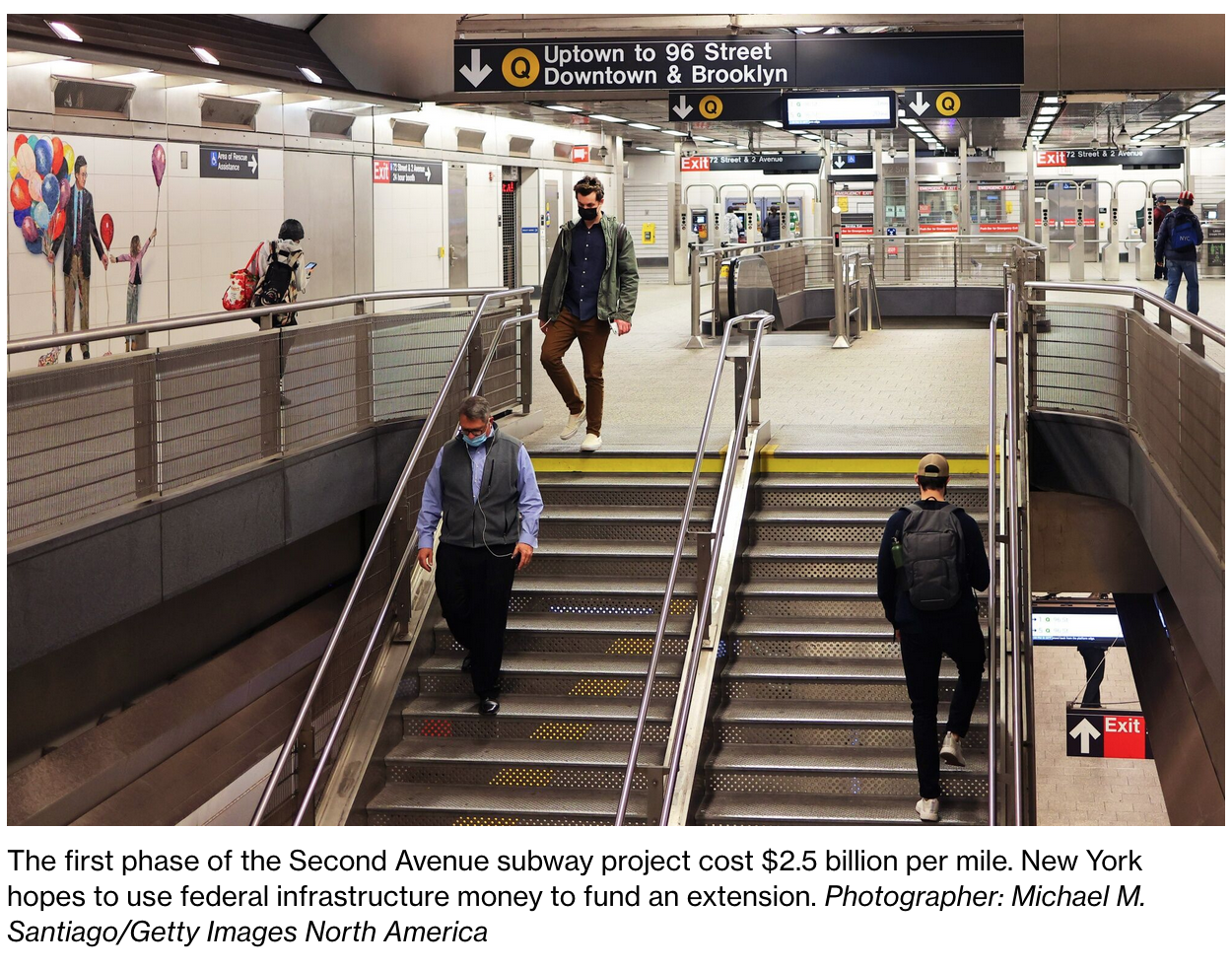
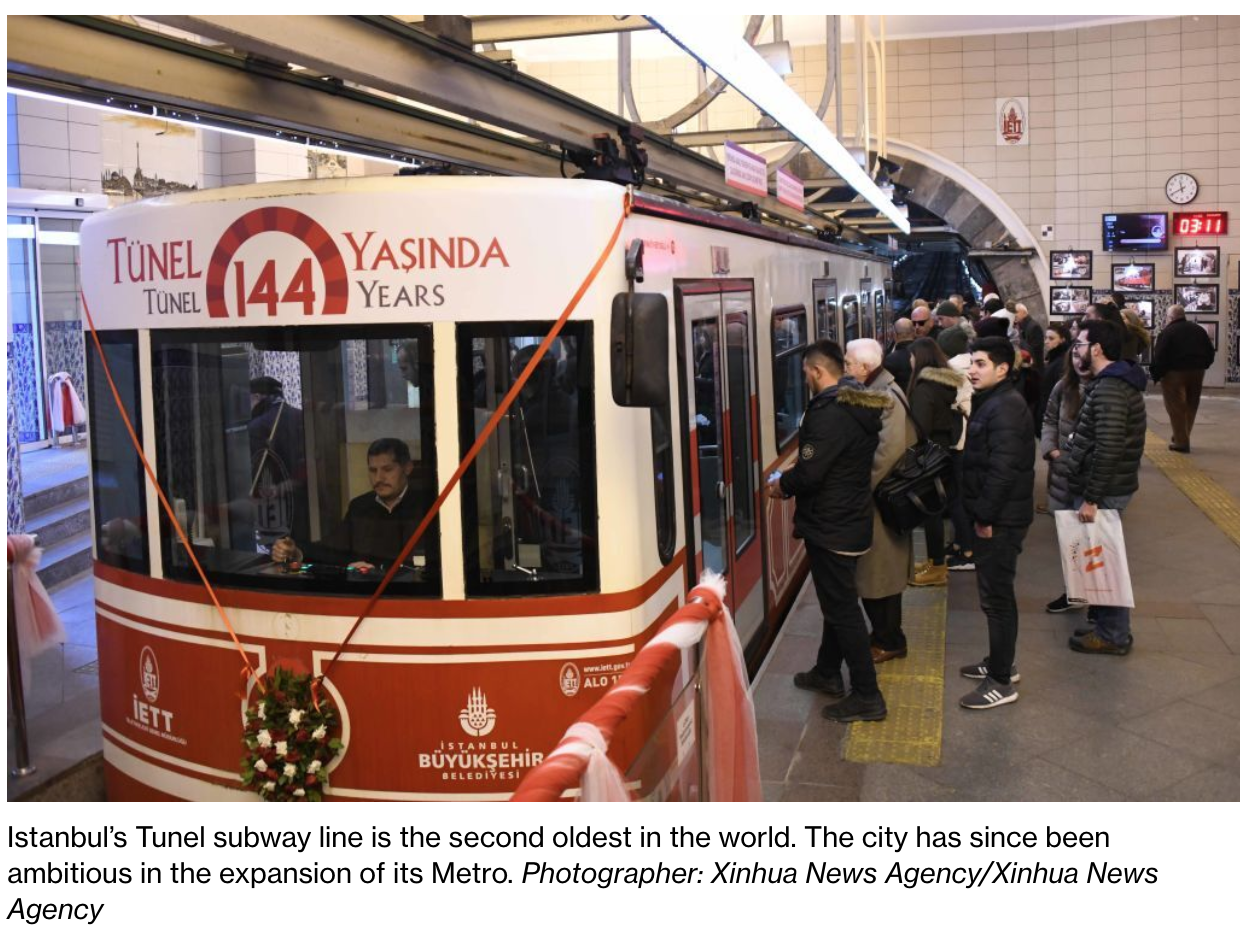
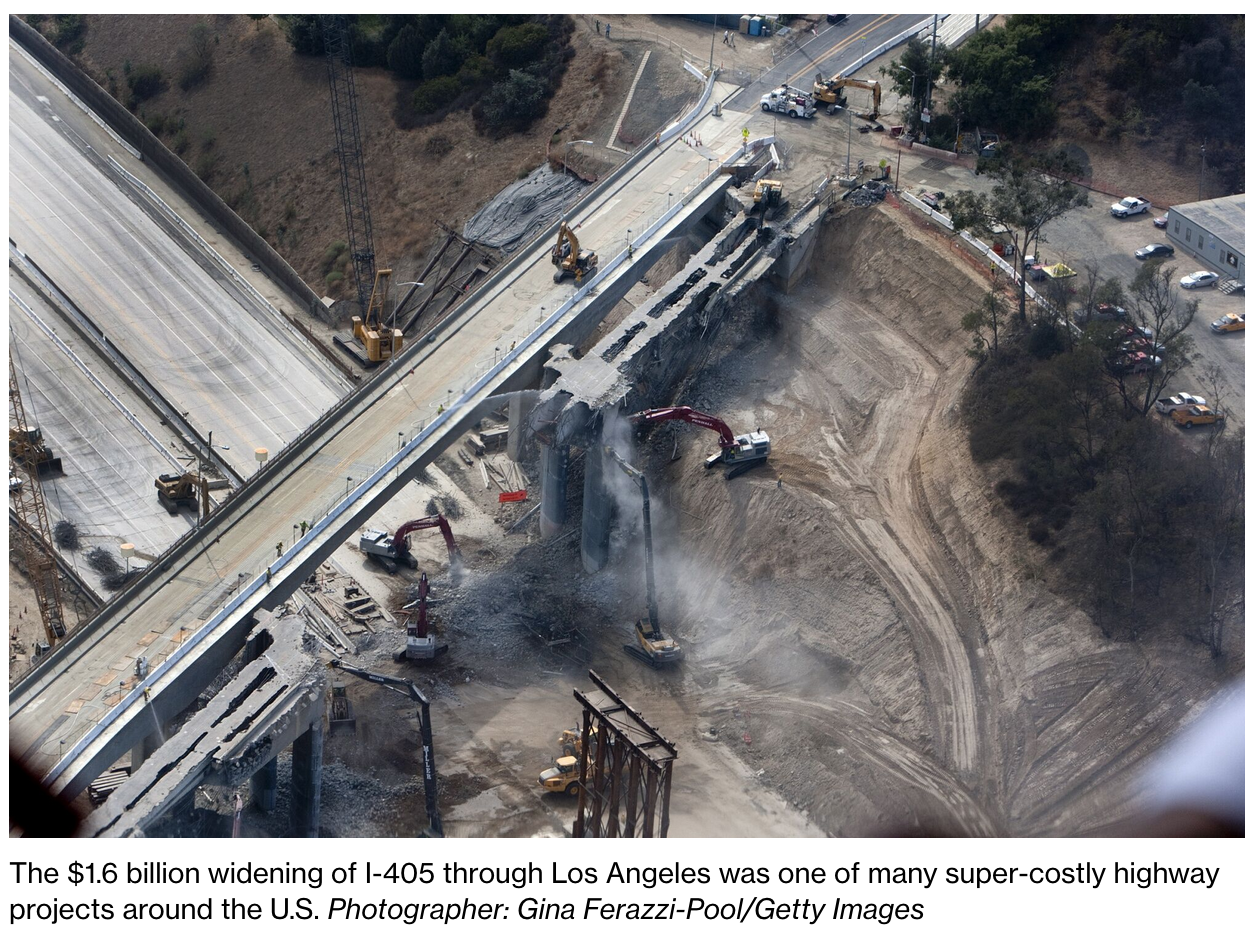

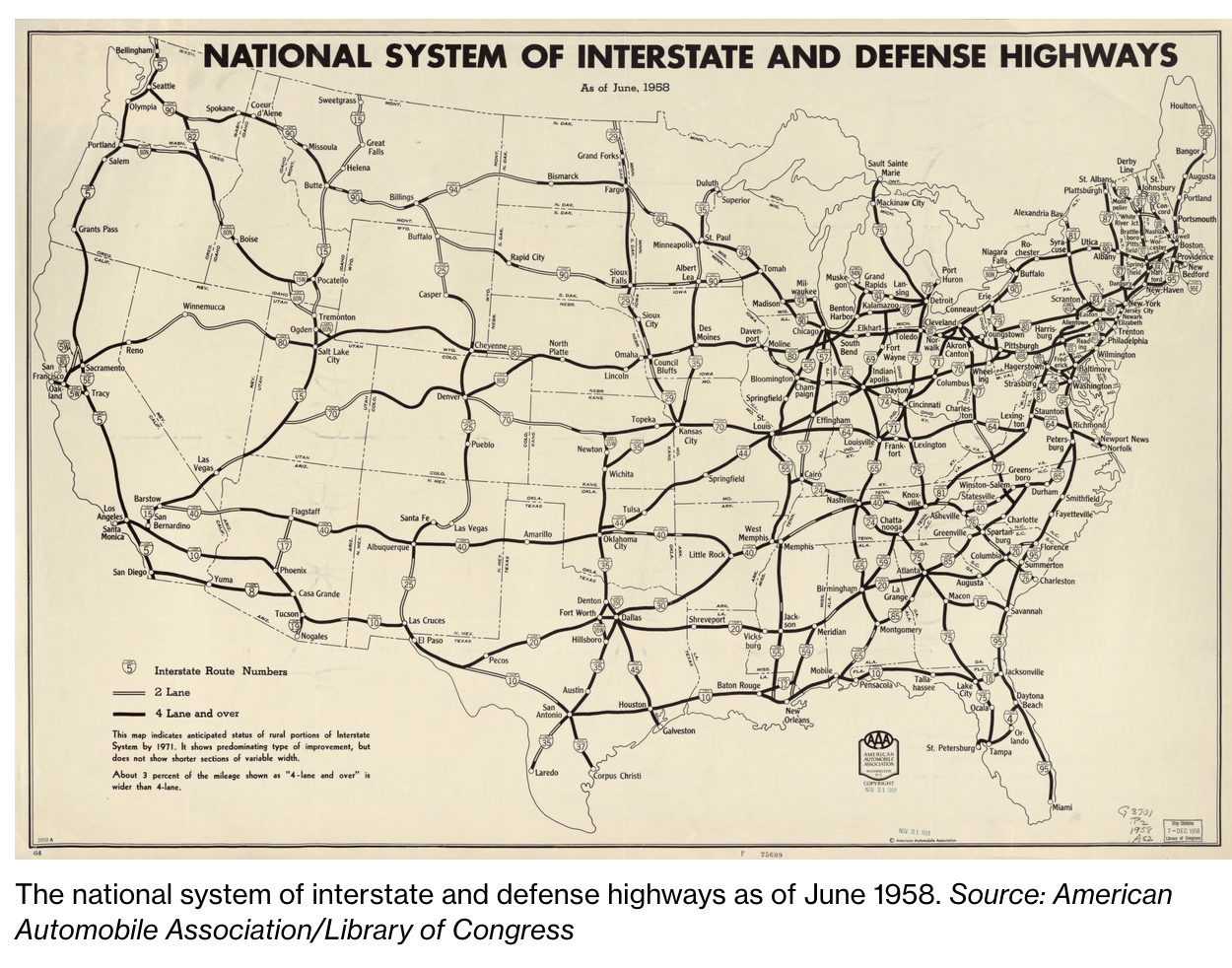
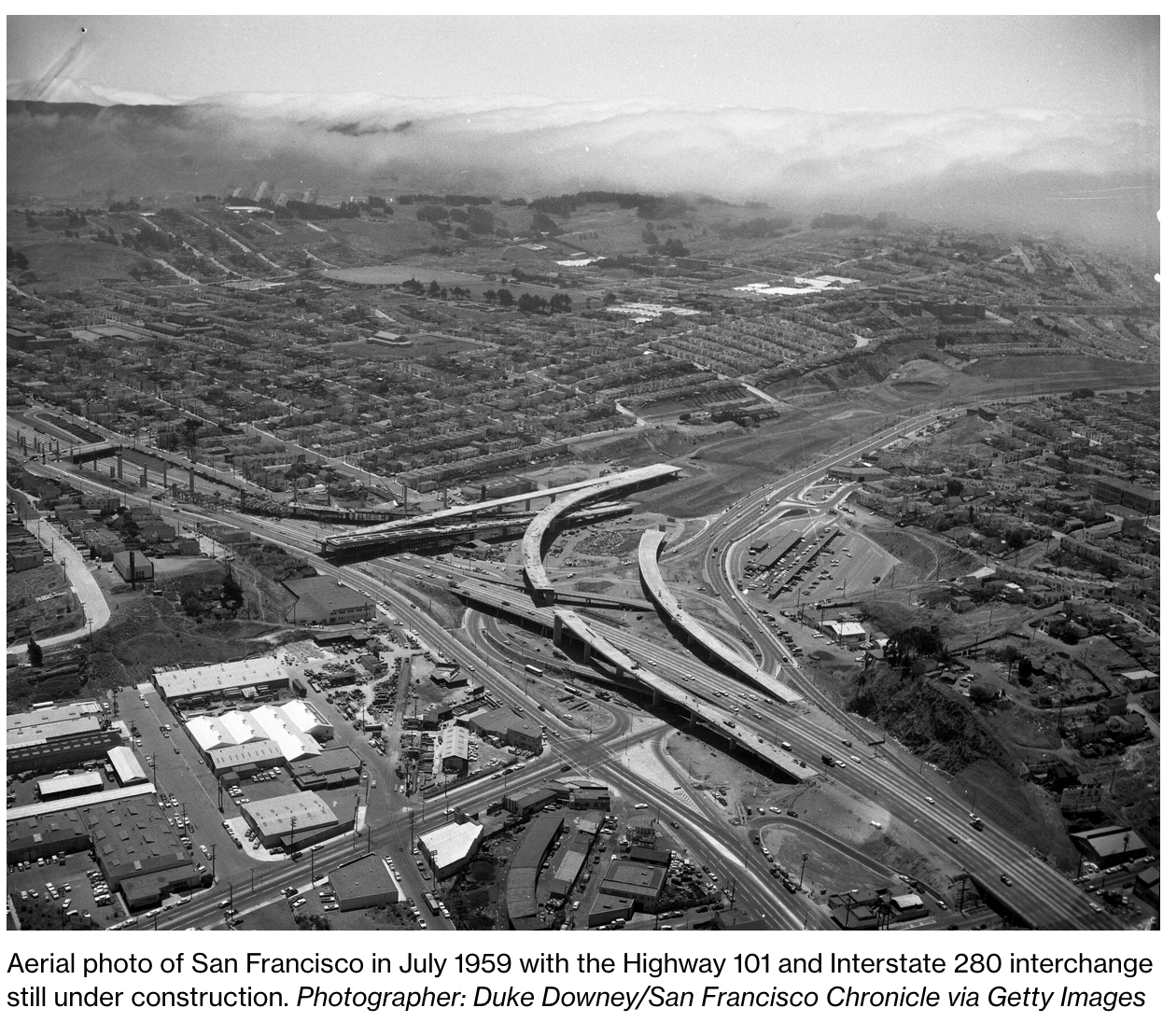

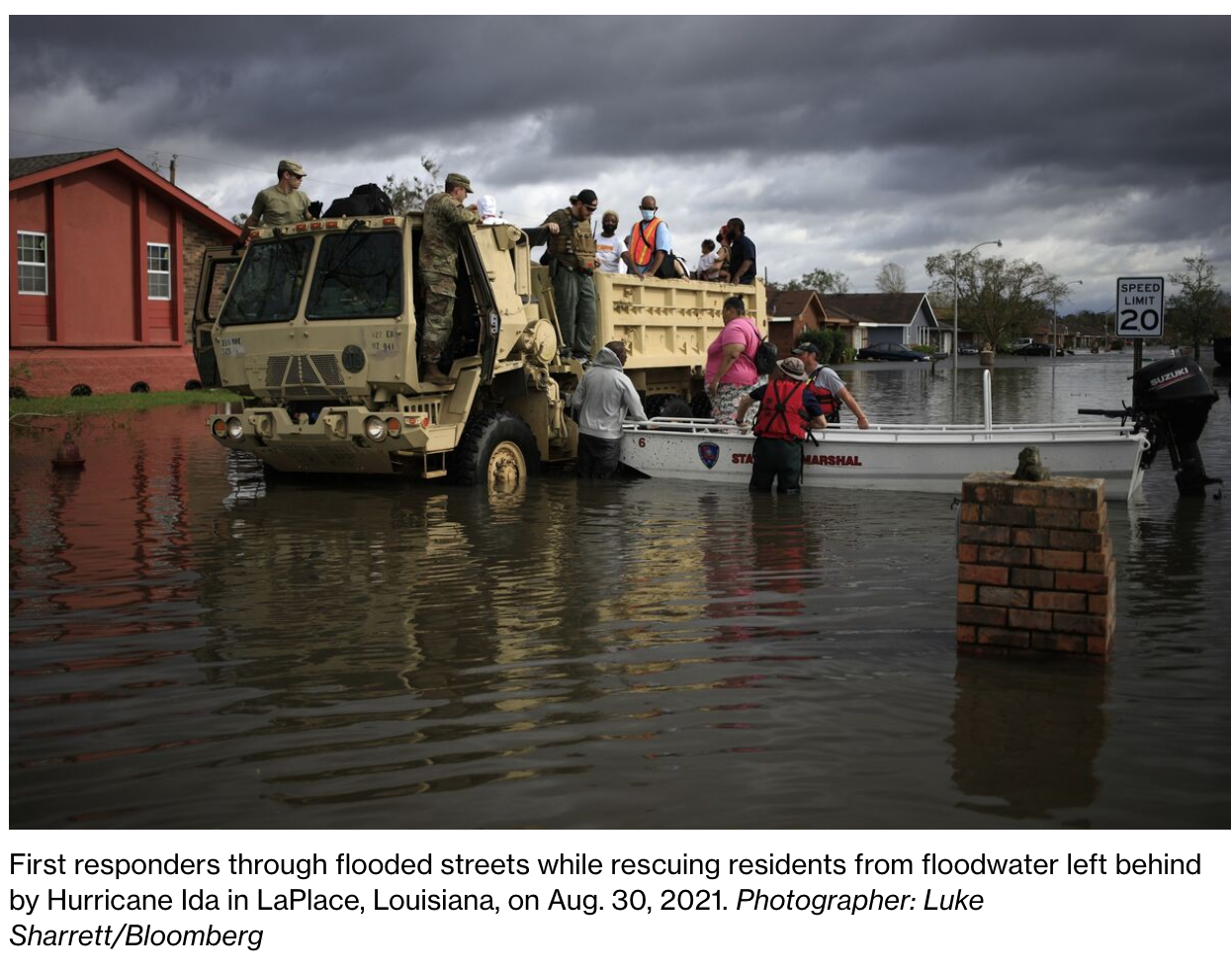


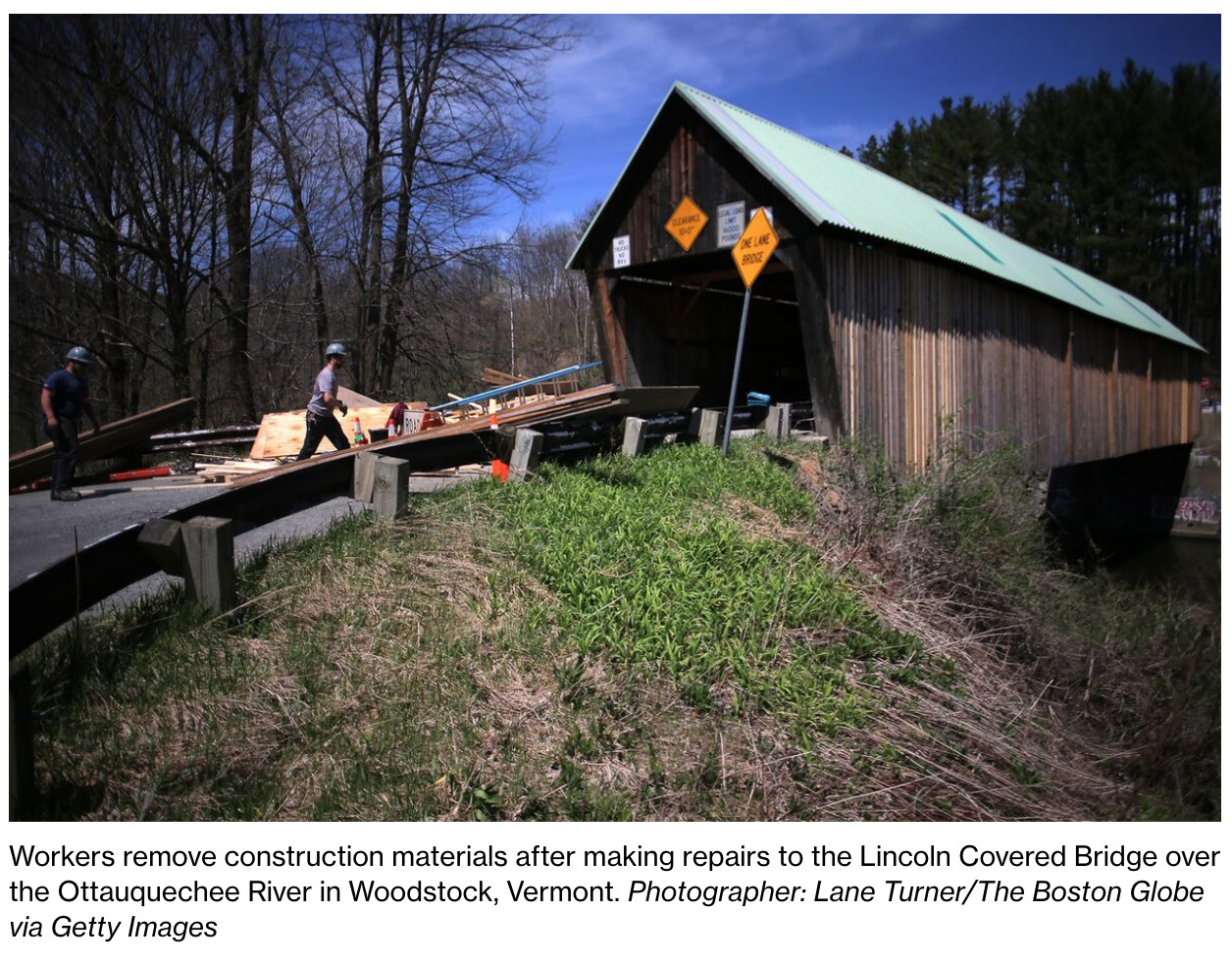

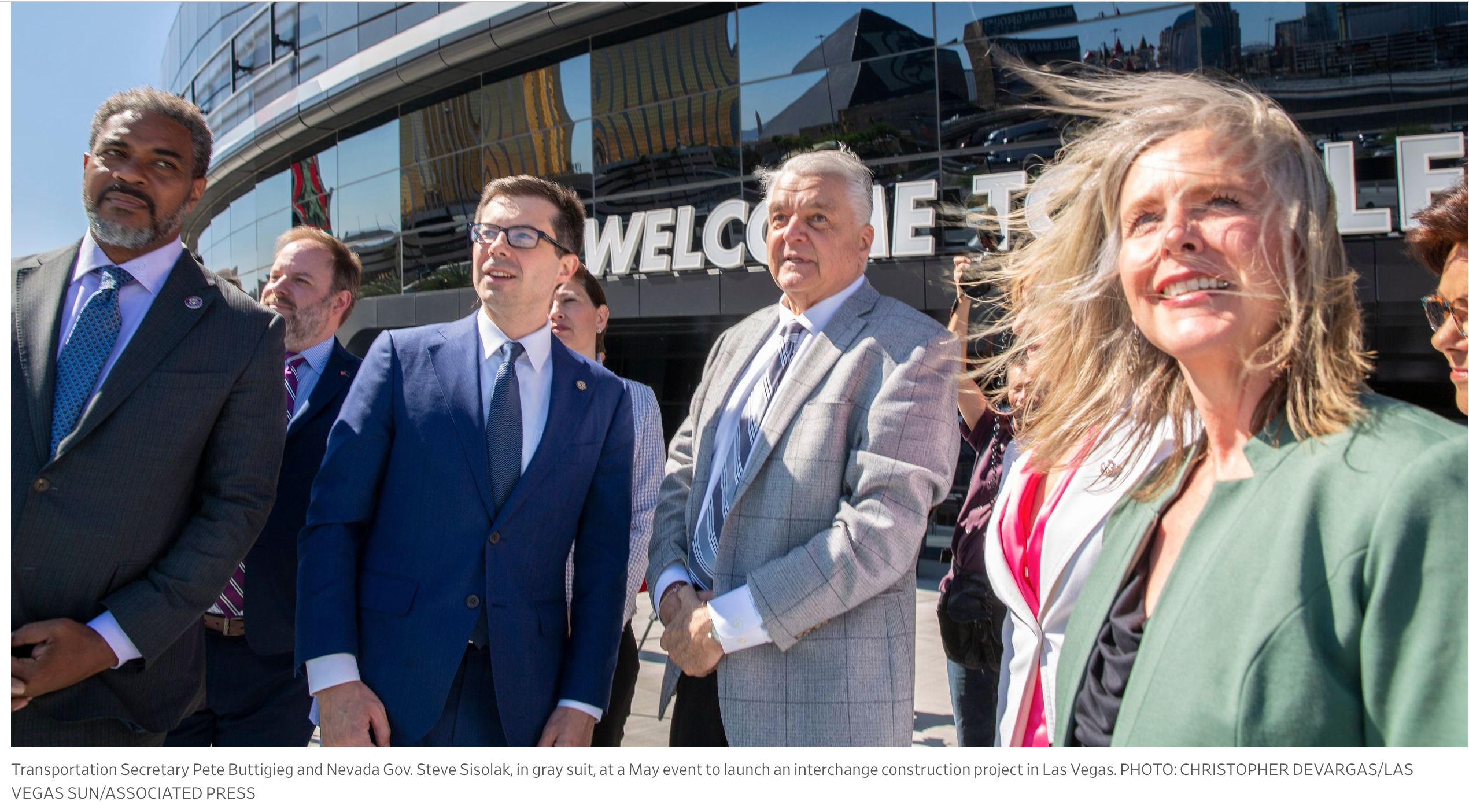
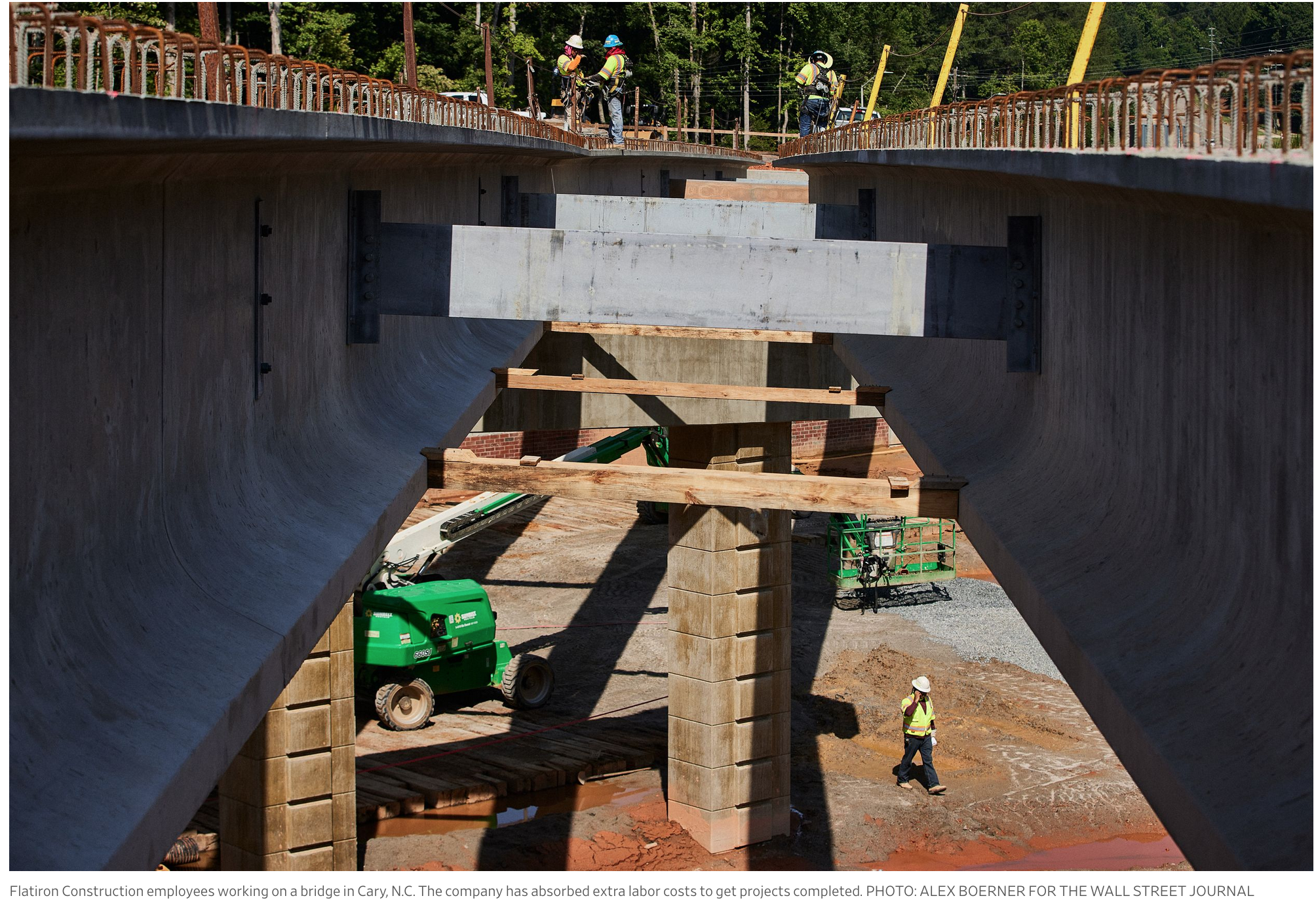



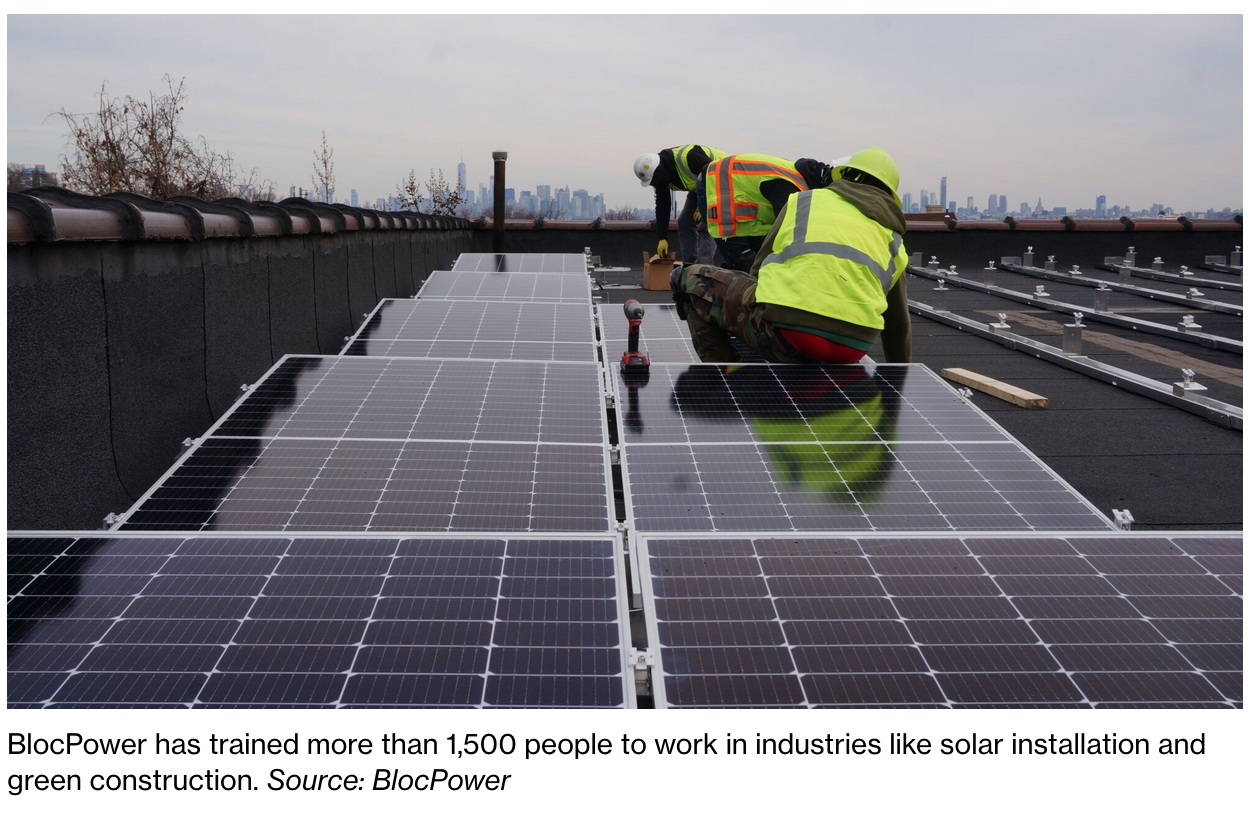


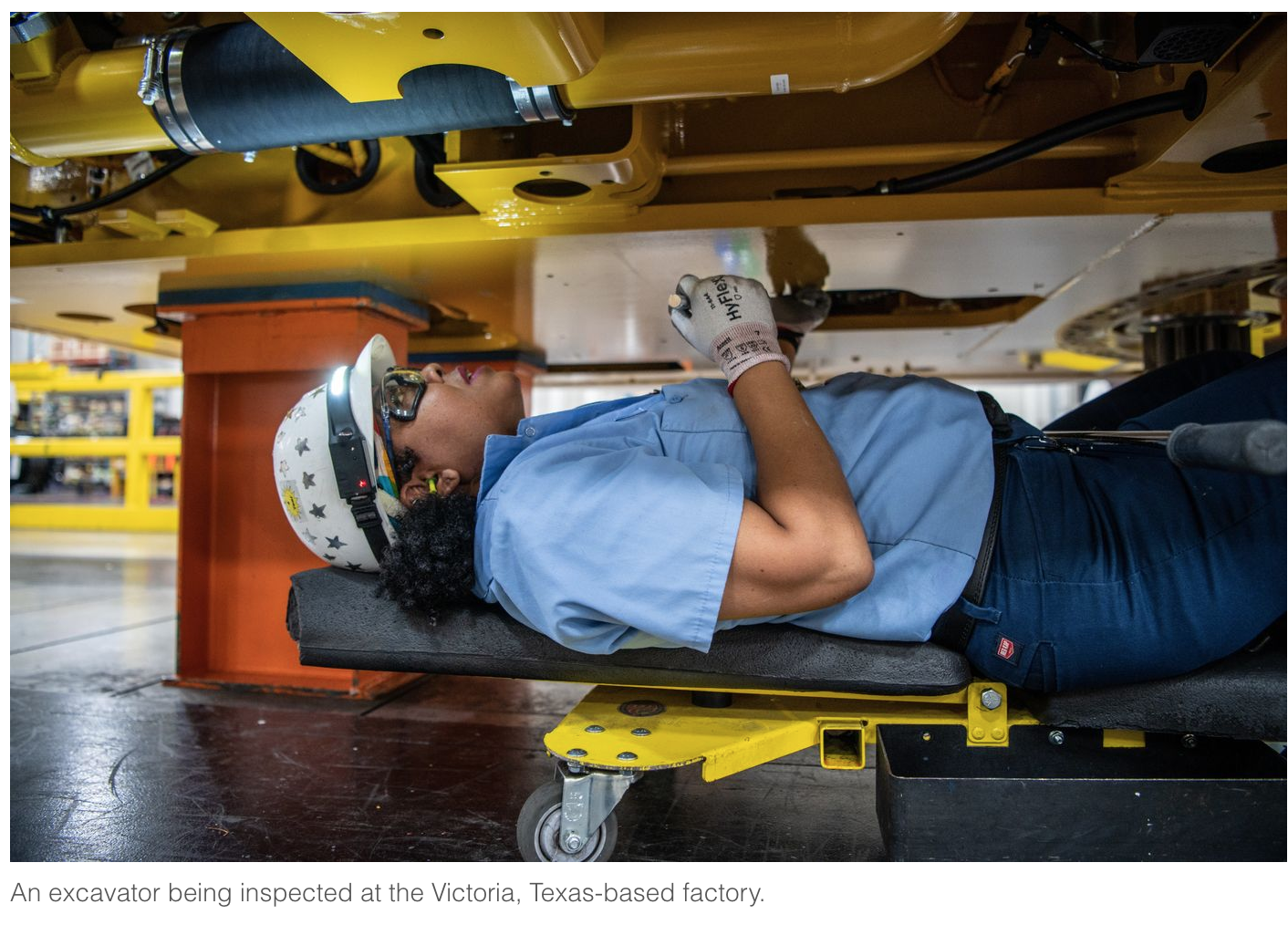
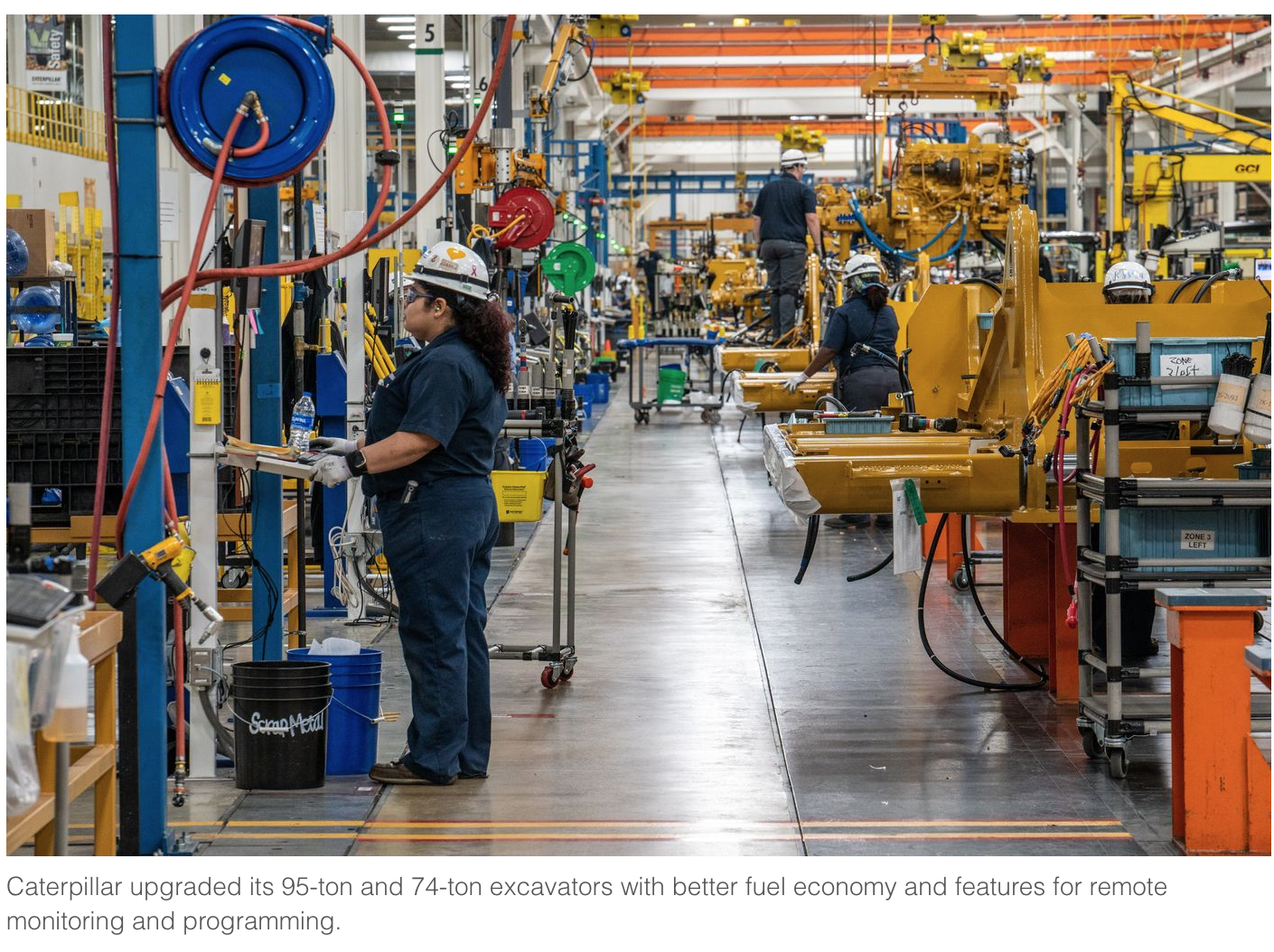
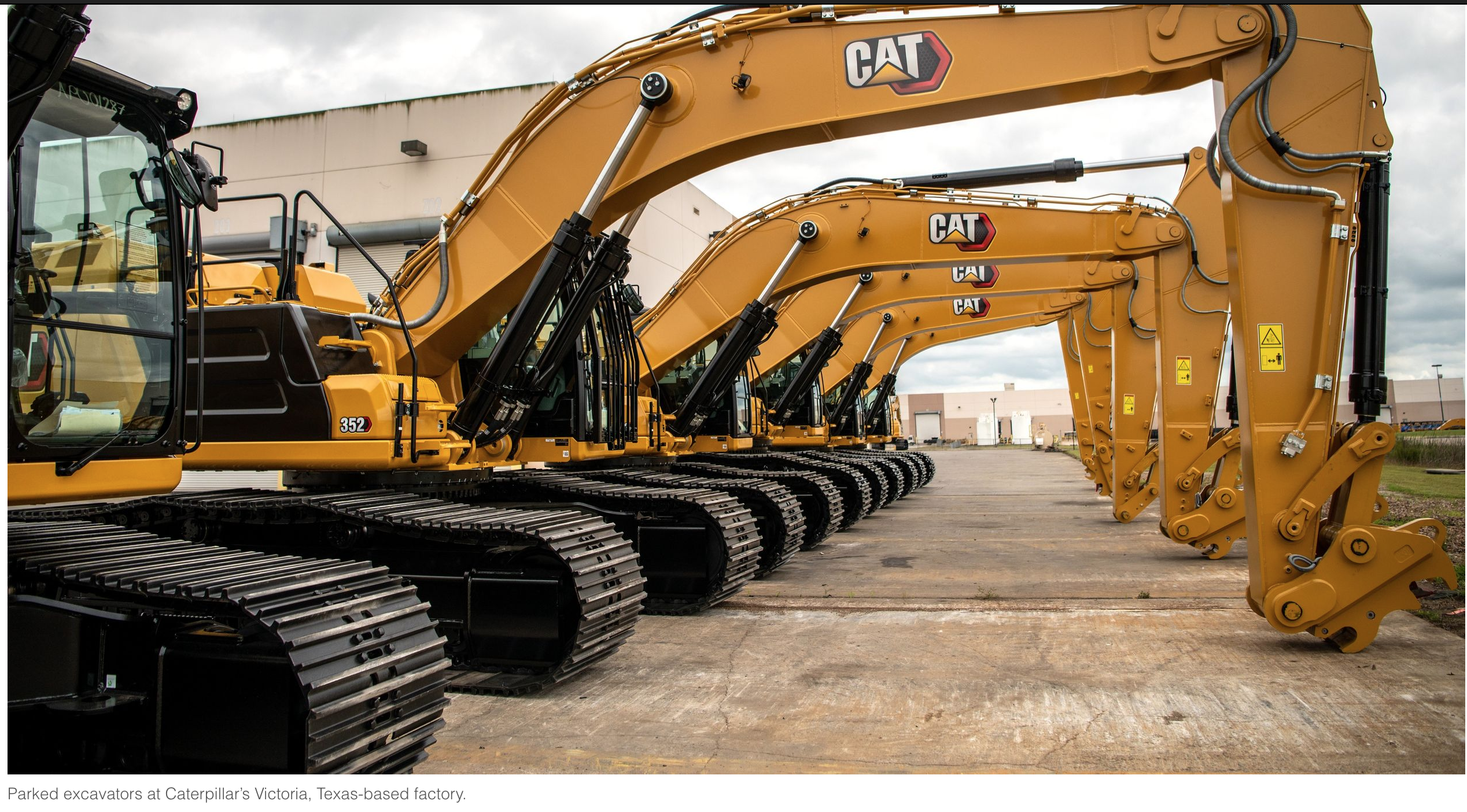


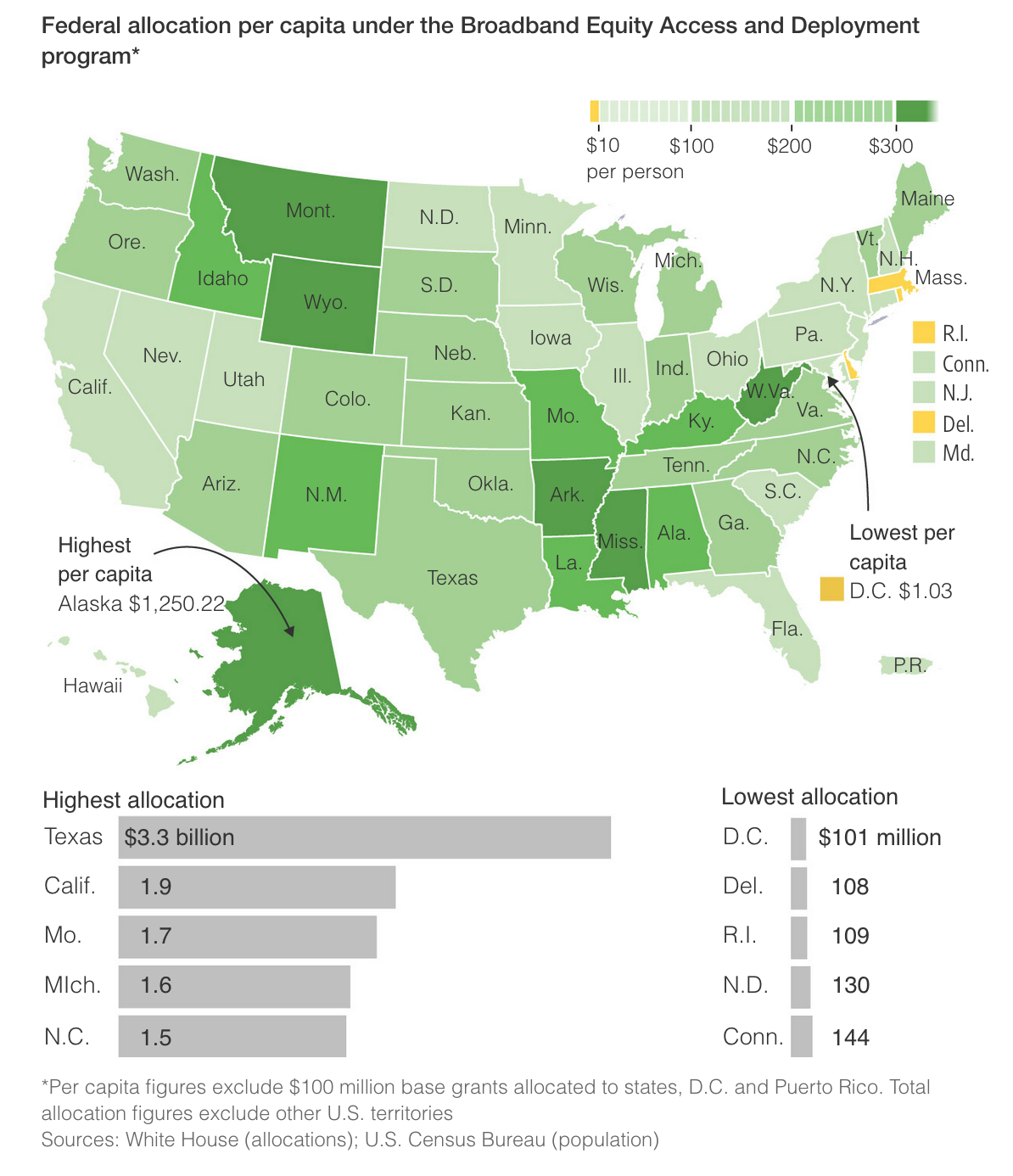


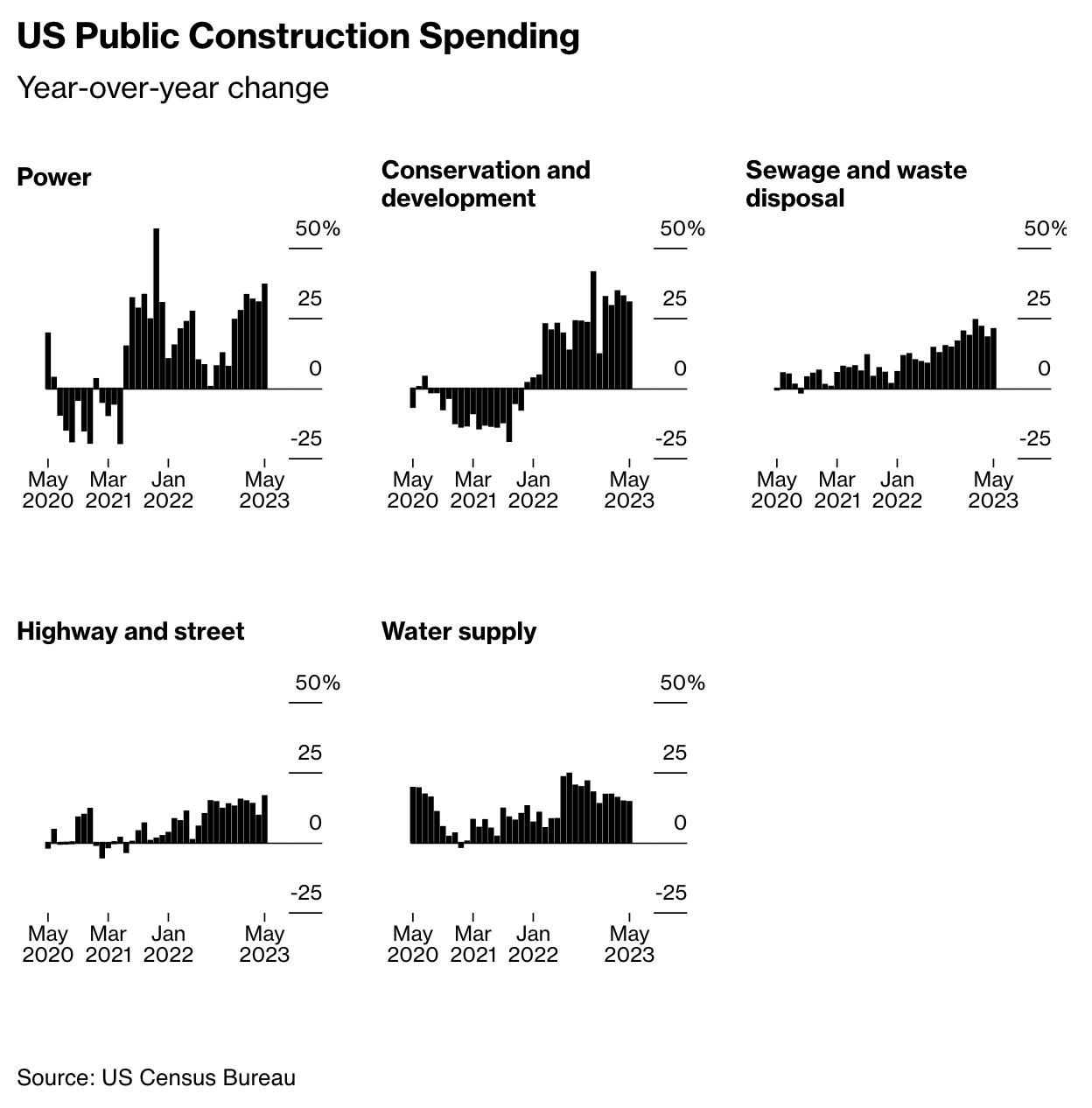
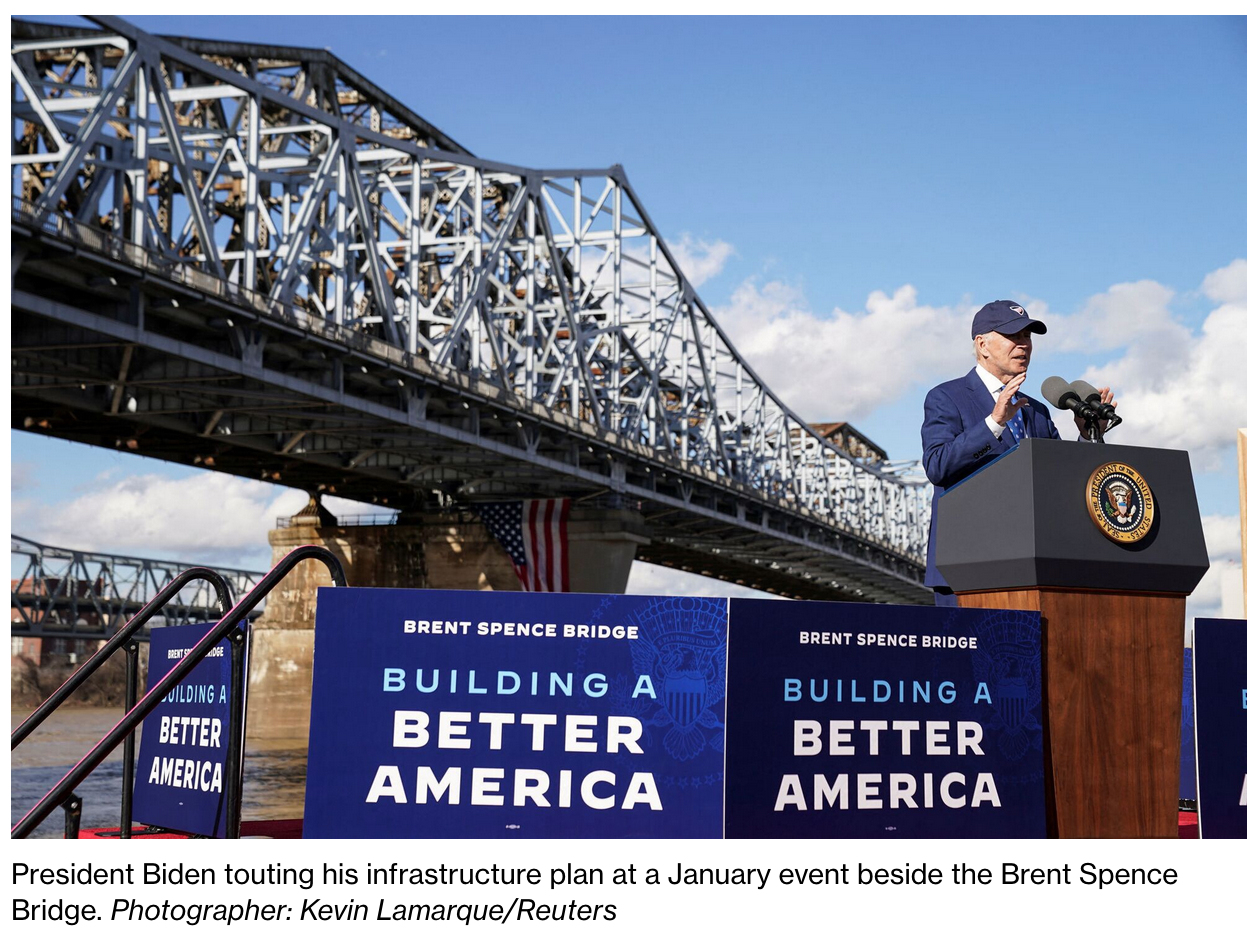
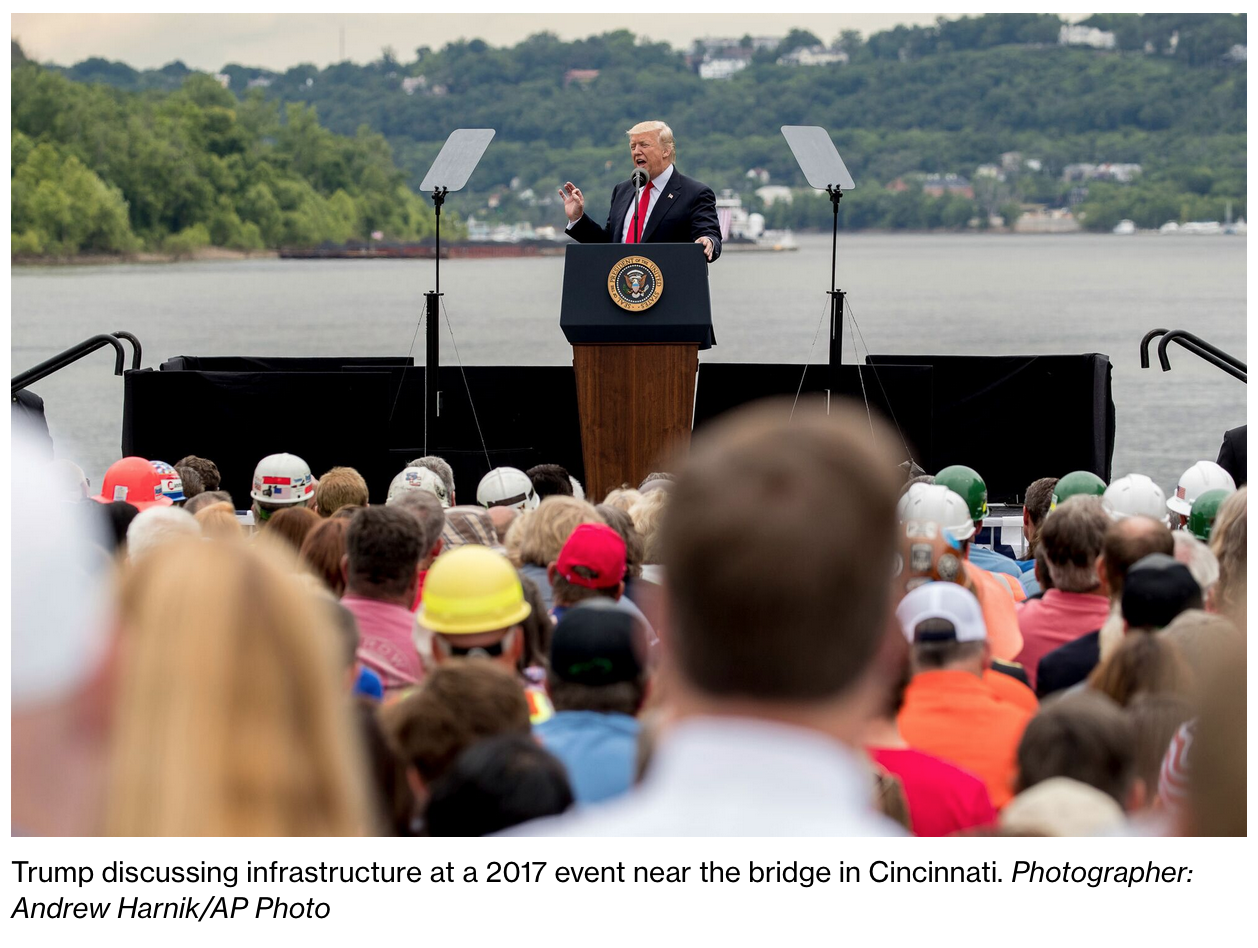
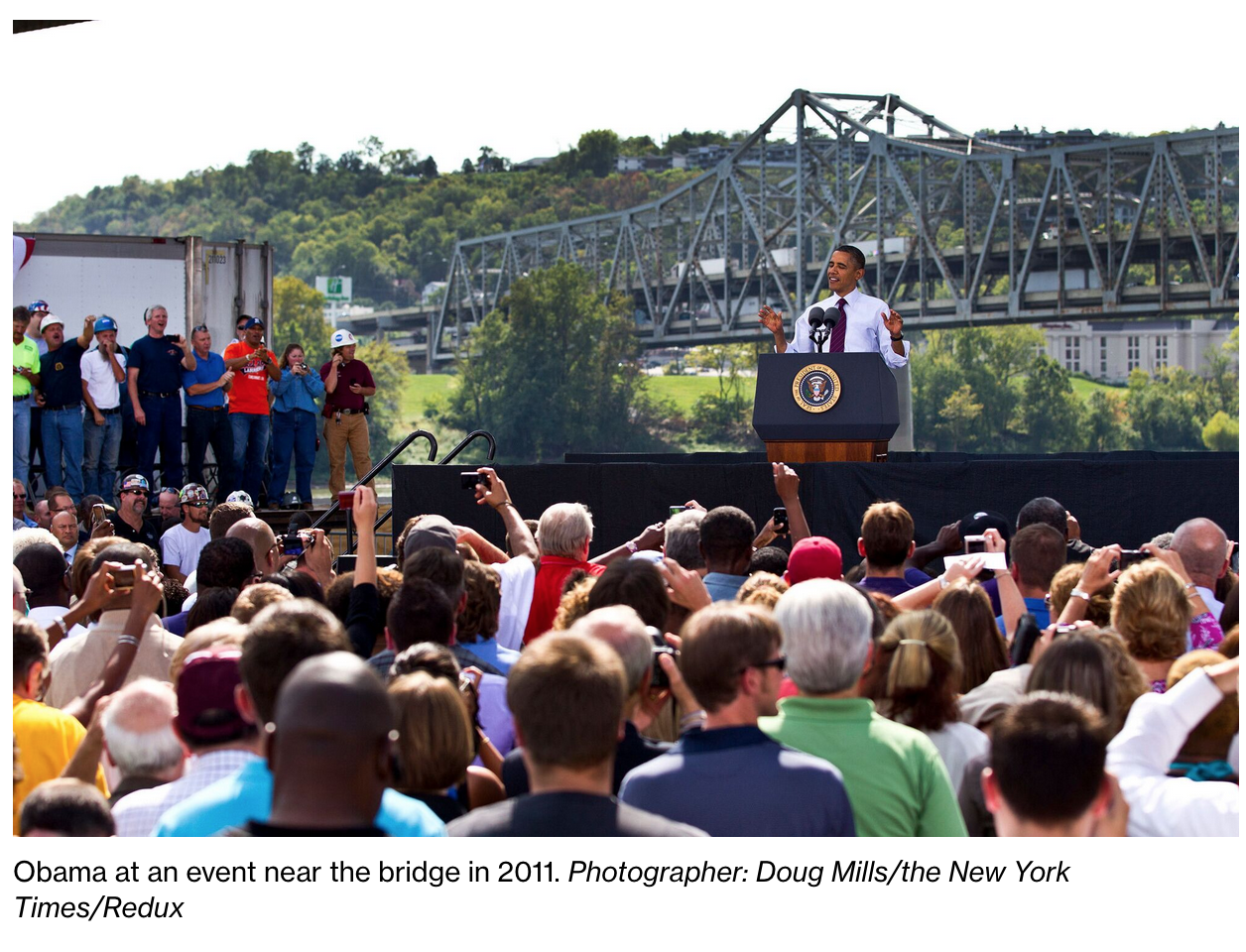
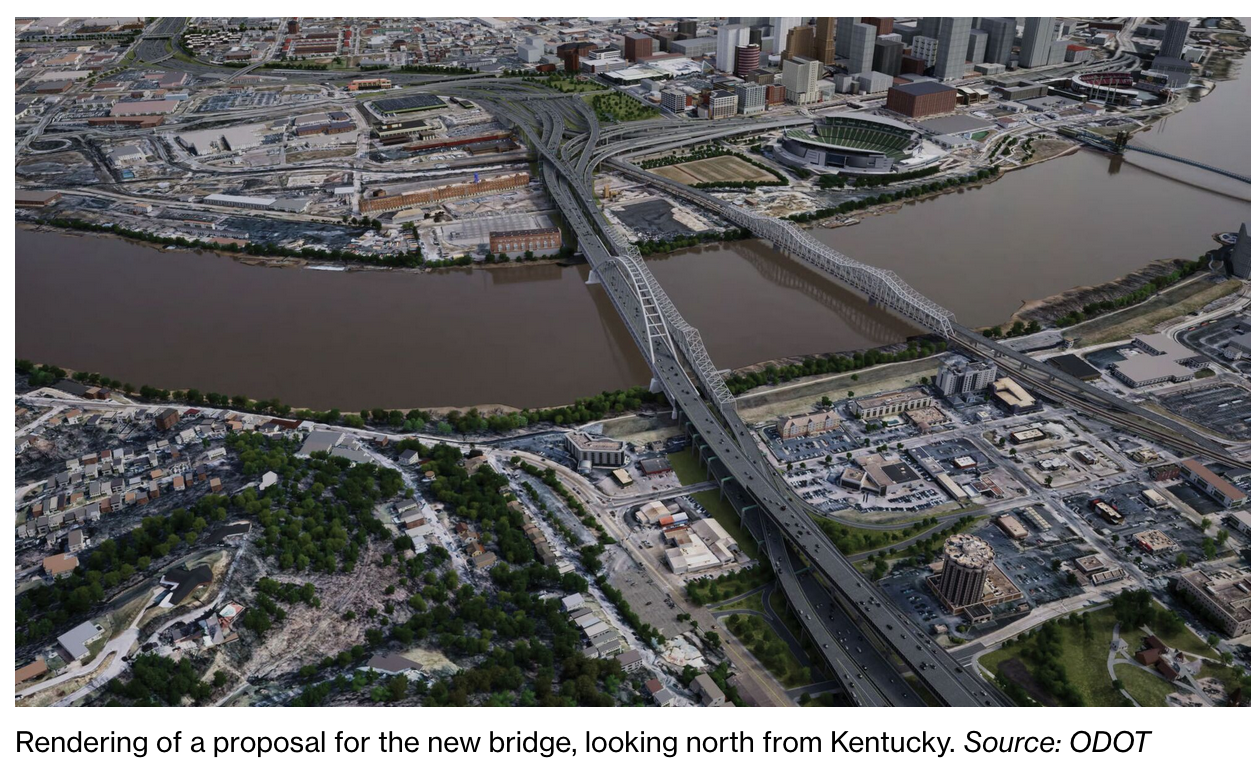
Leave a Reply
You must be logged in to post a comment.